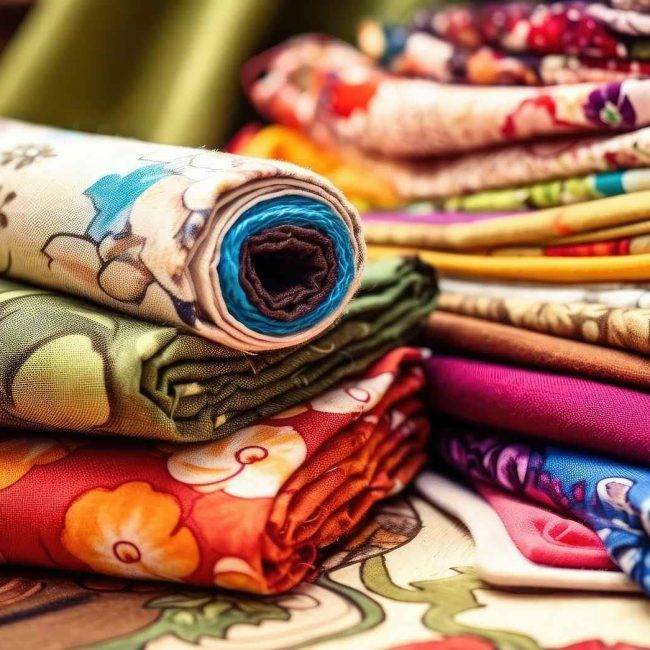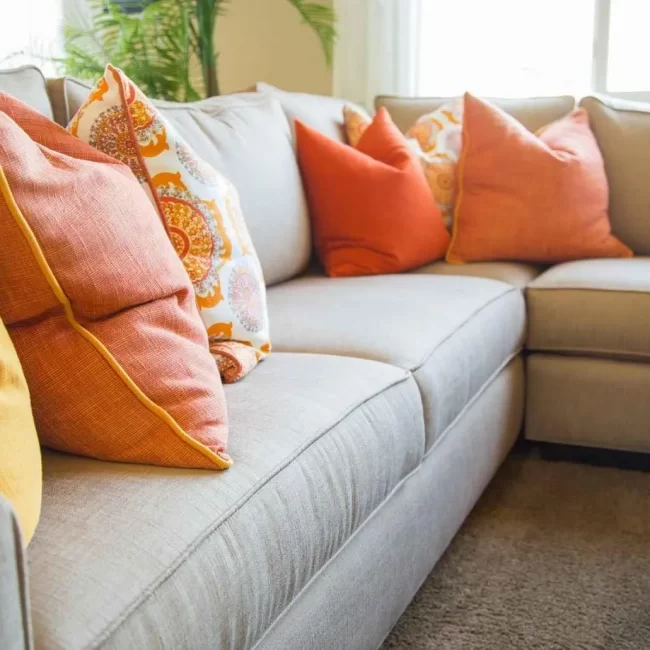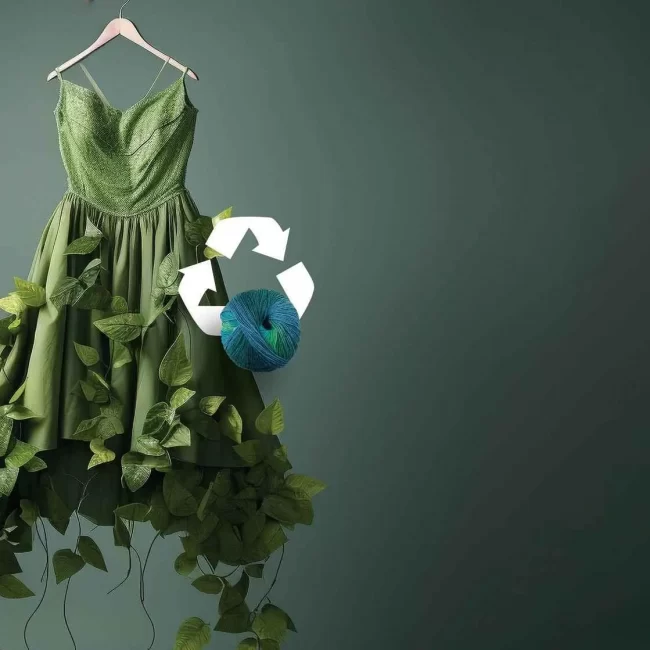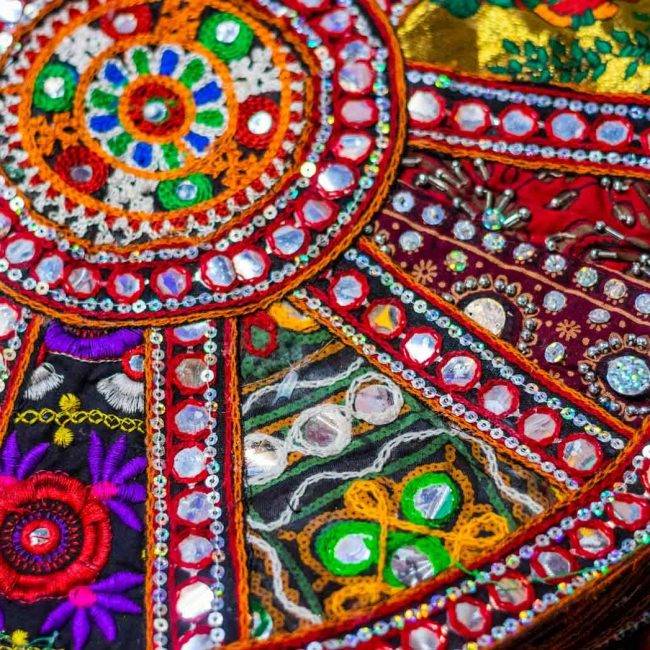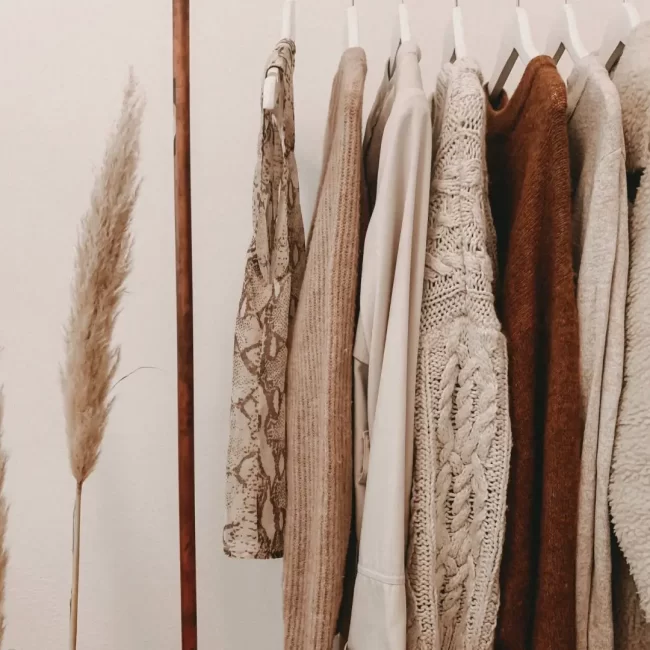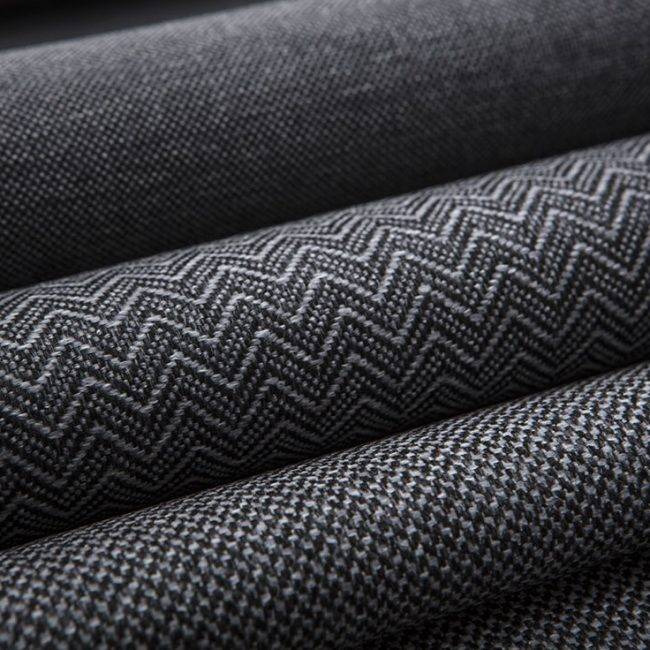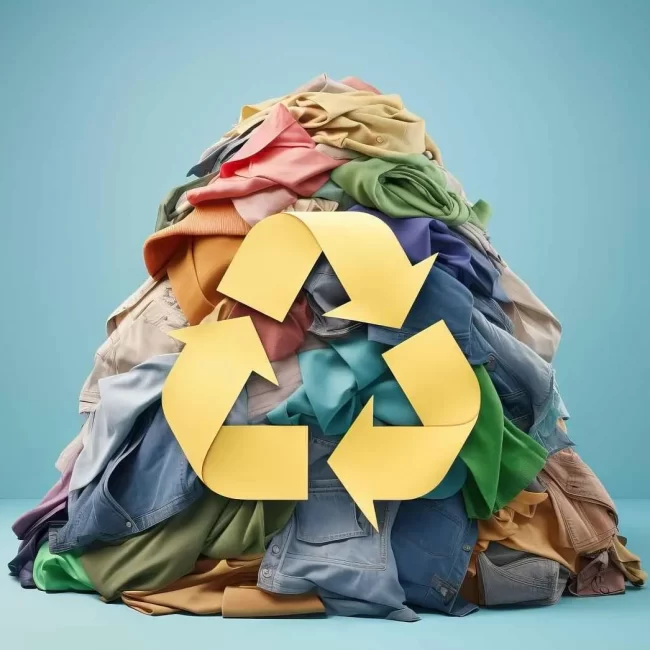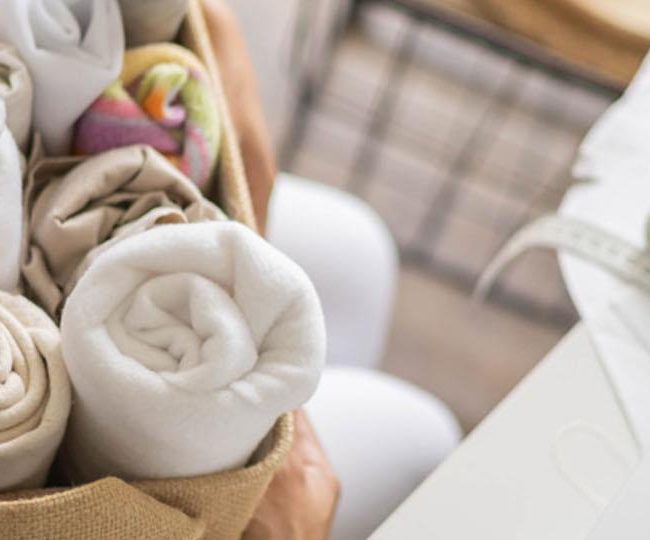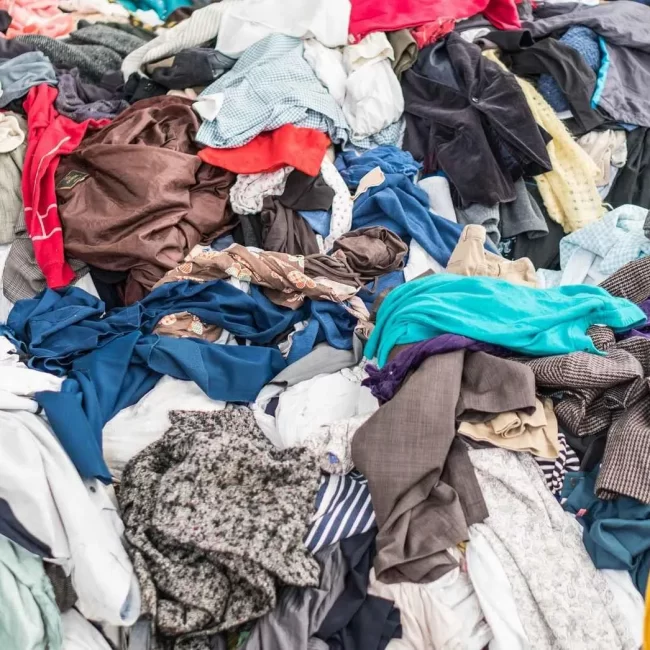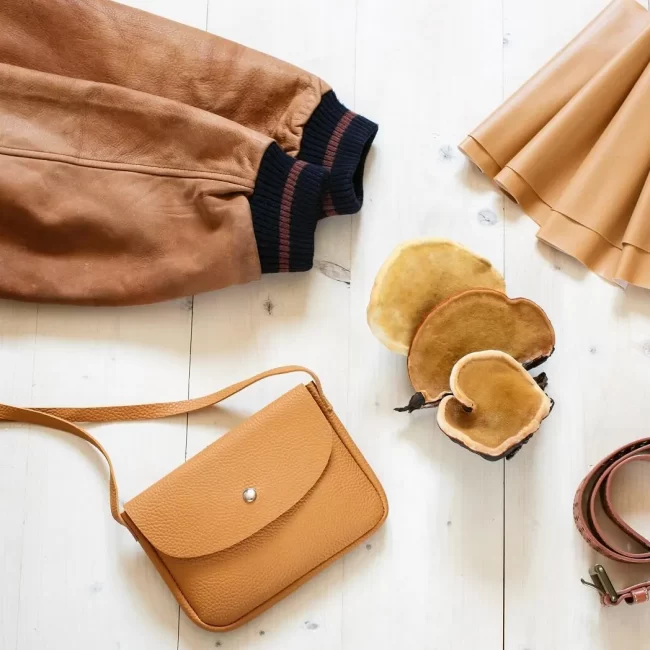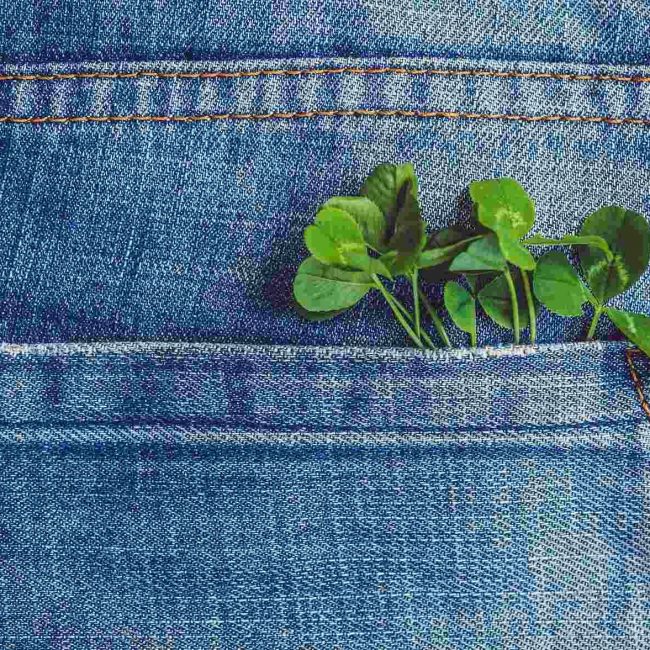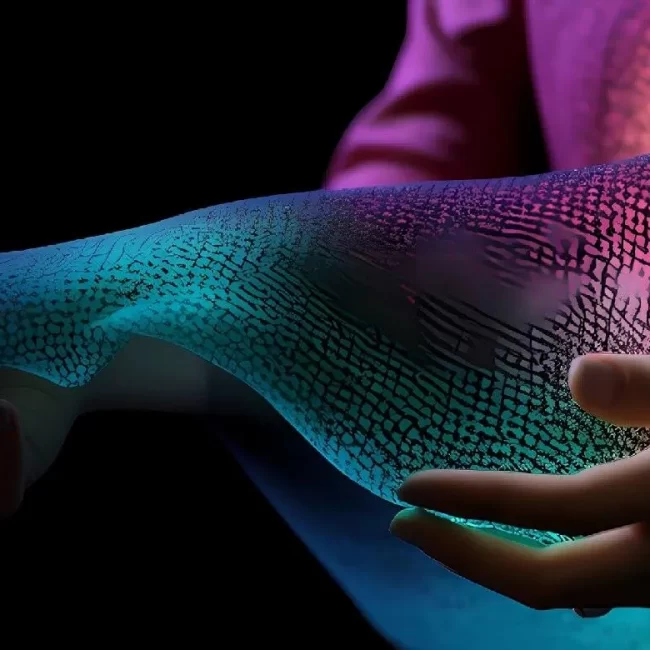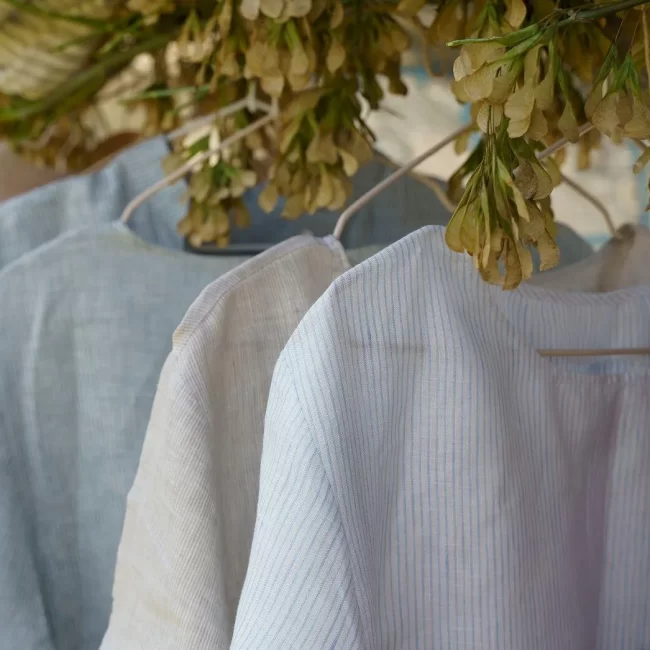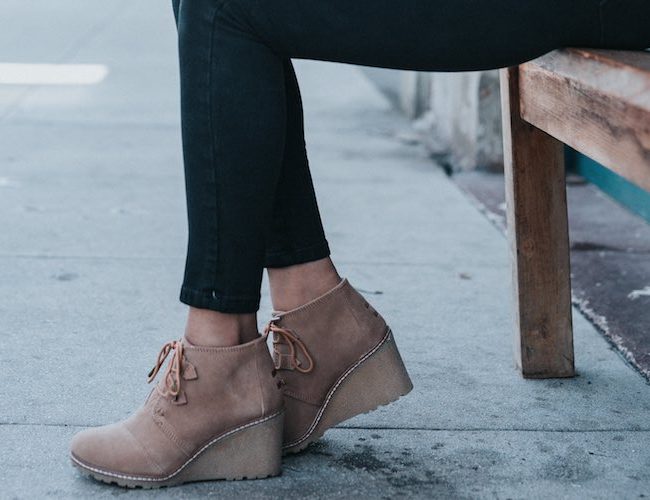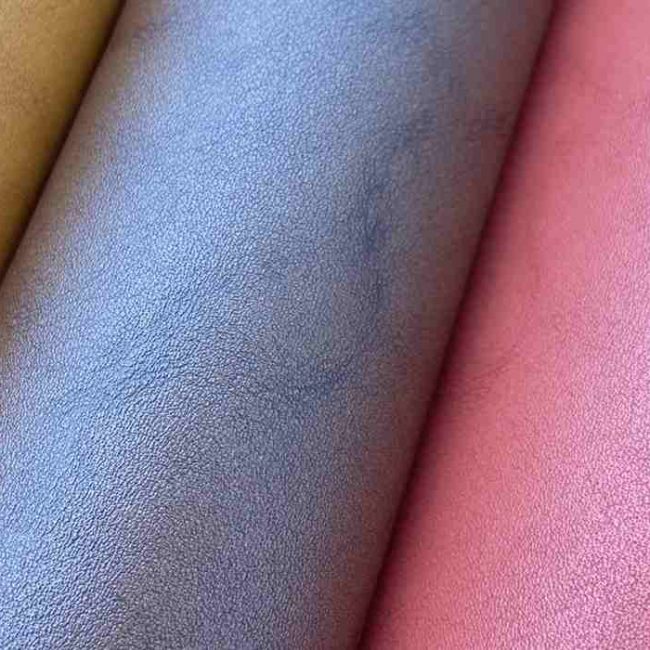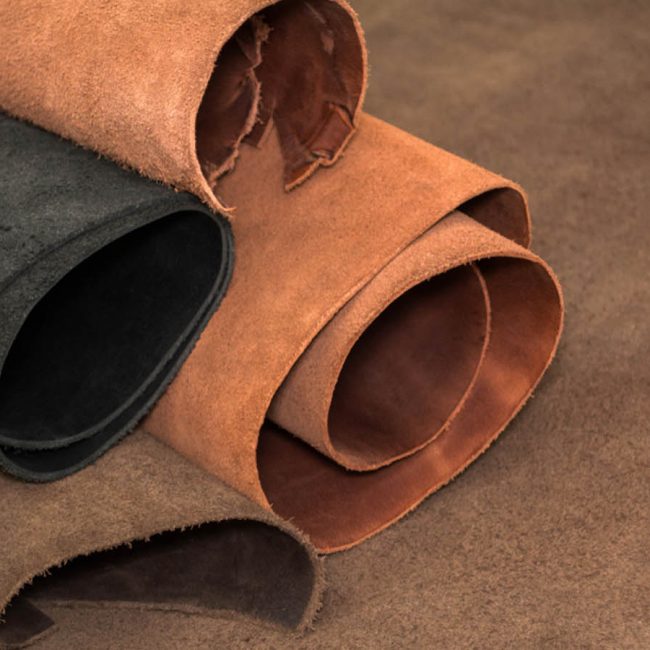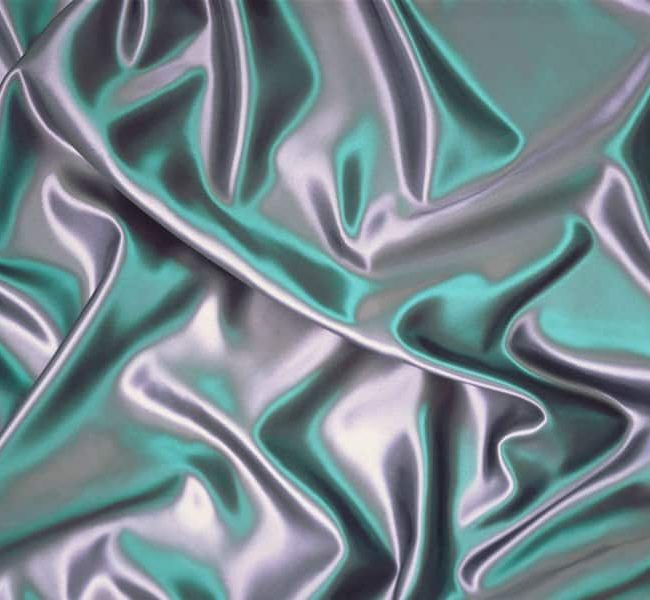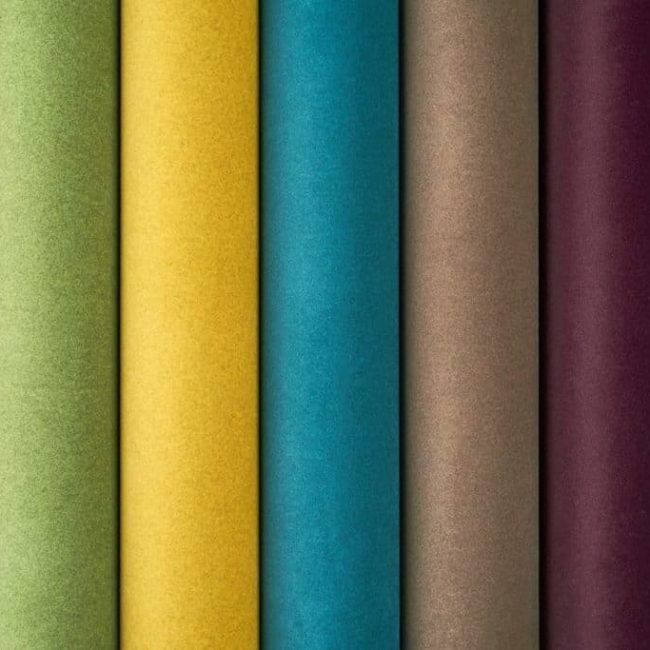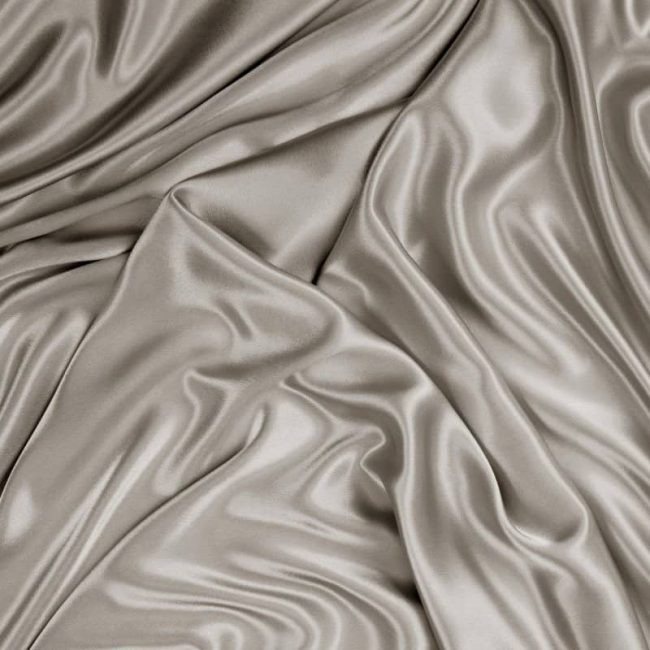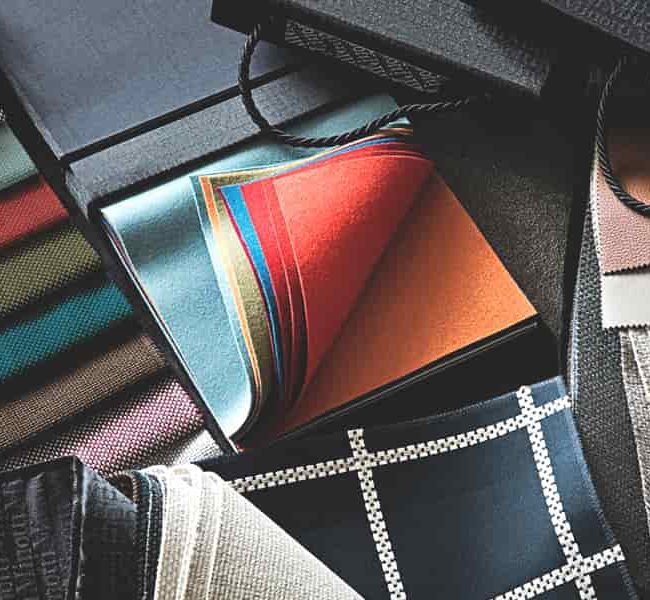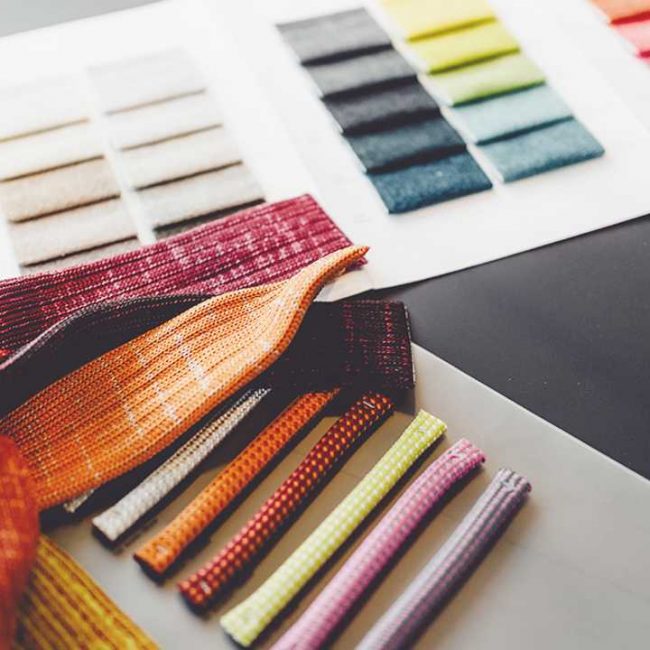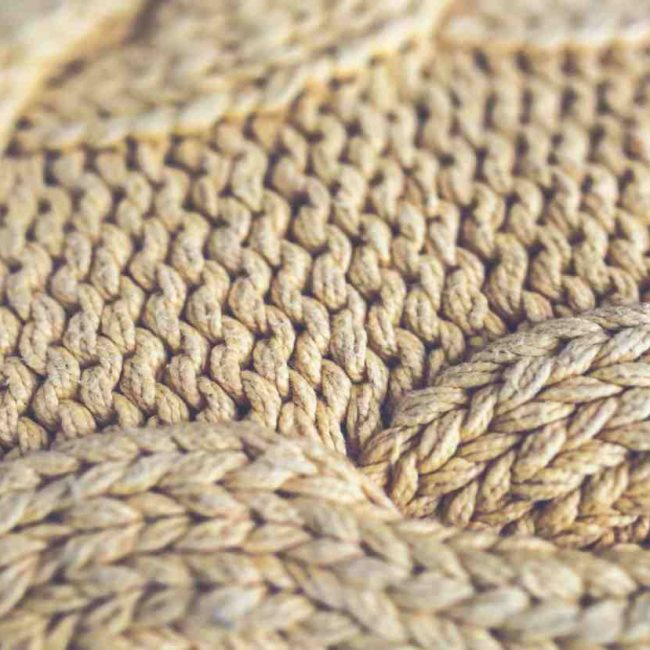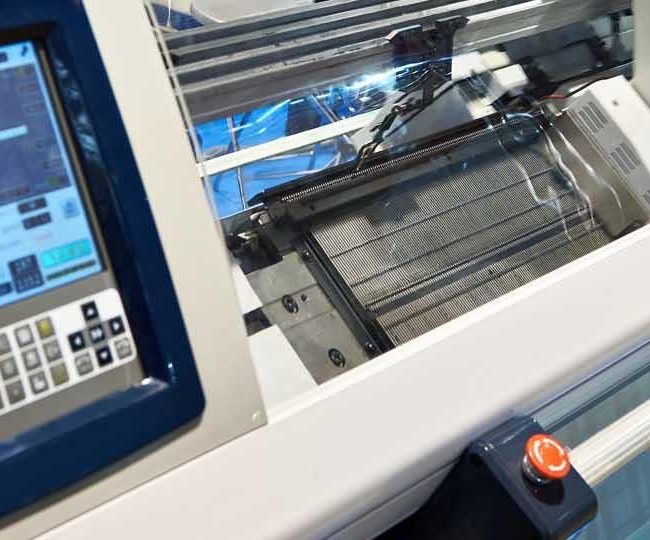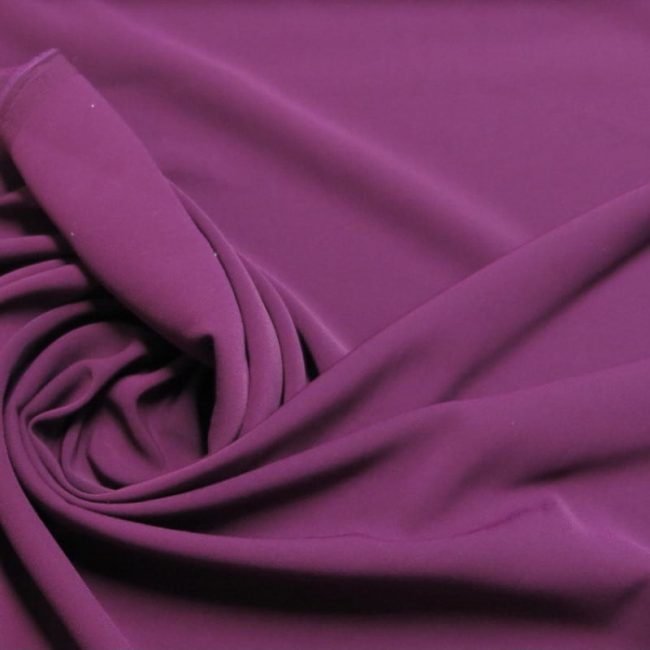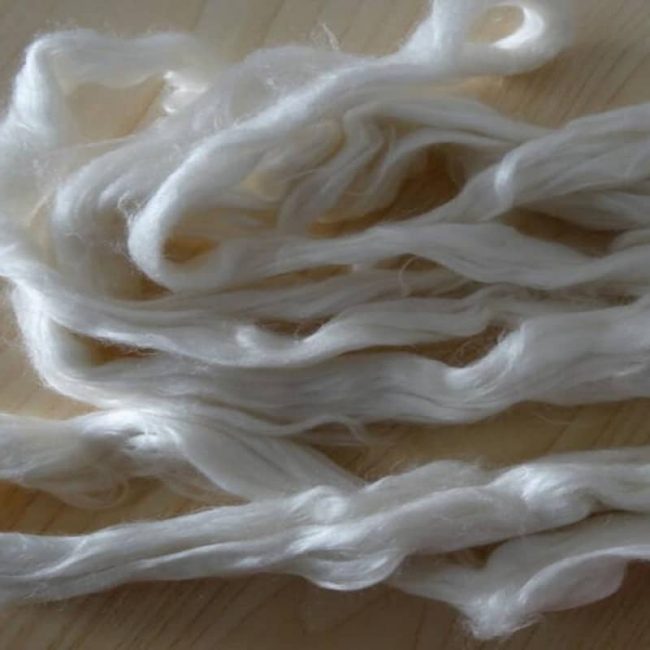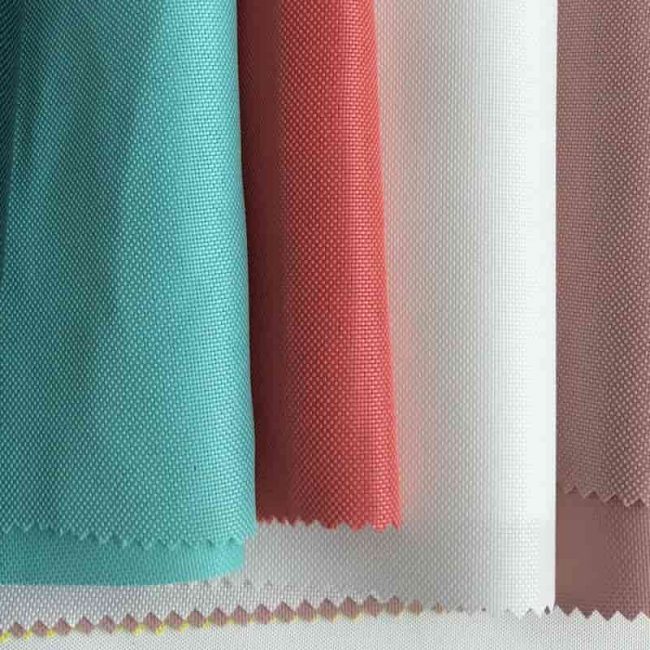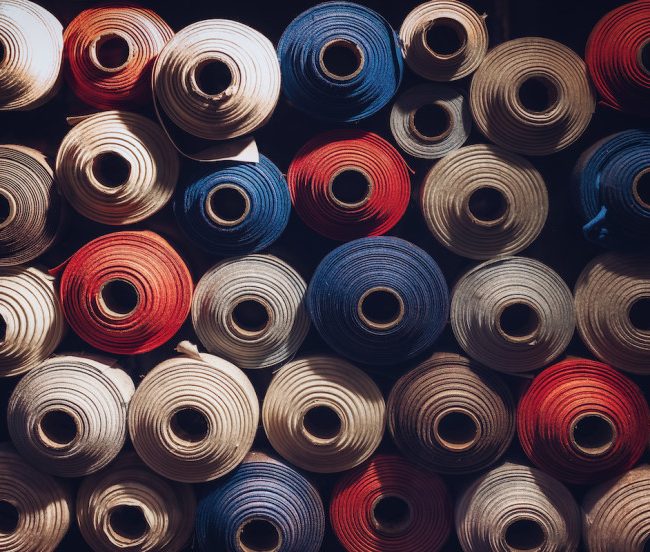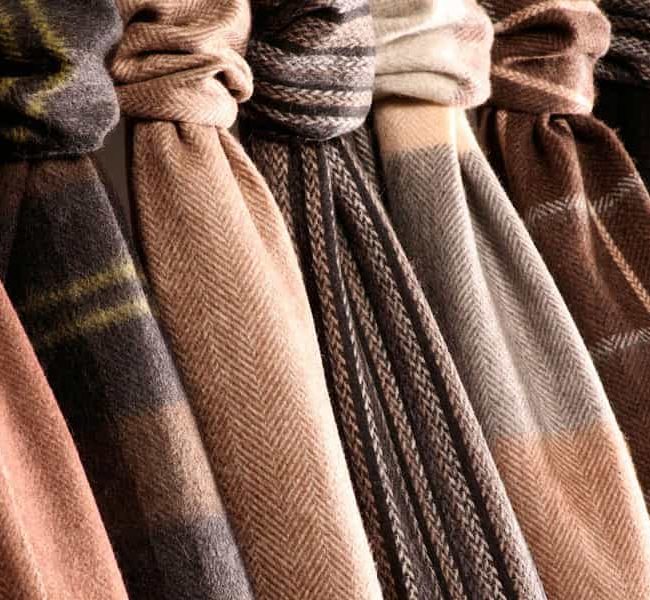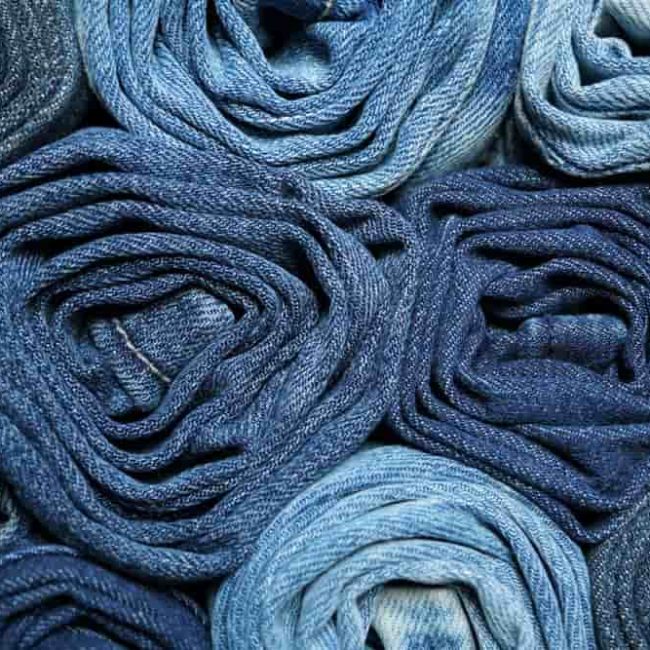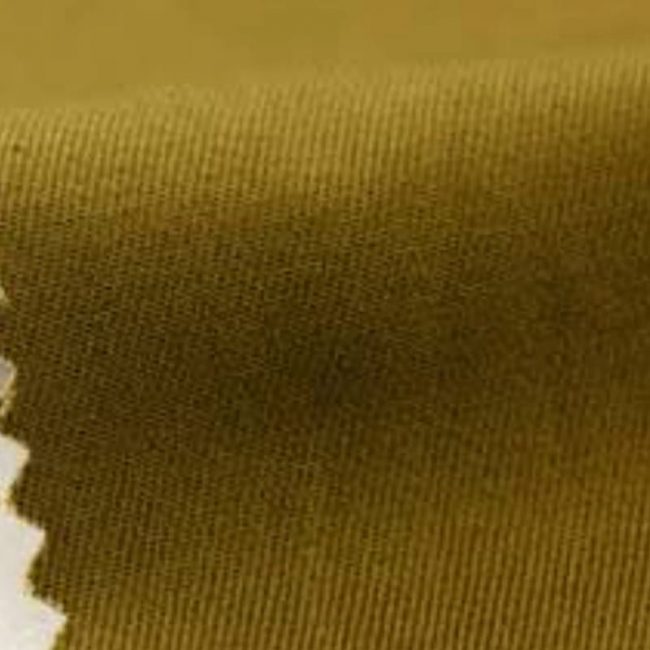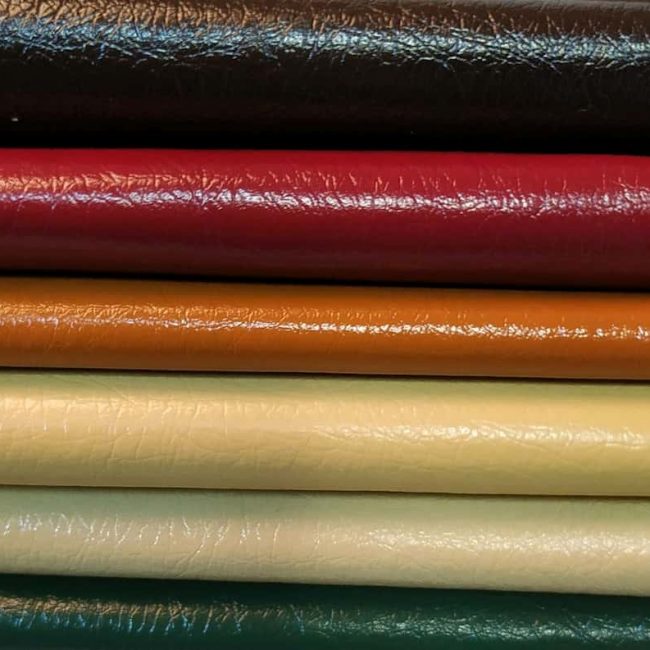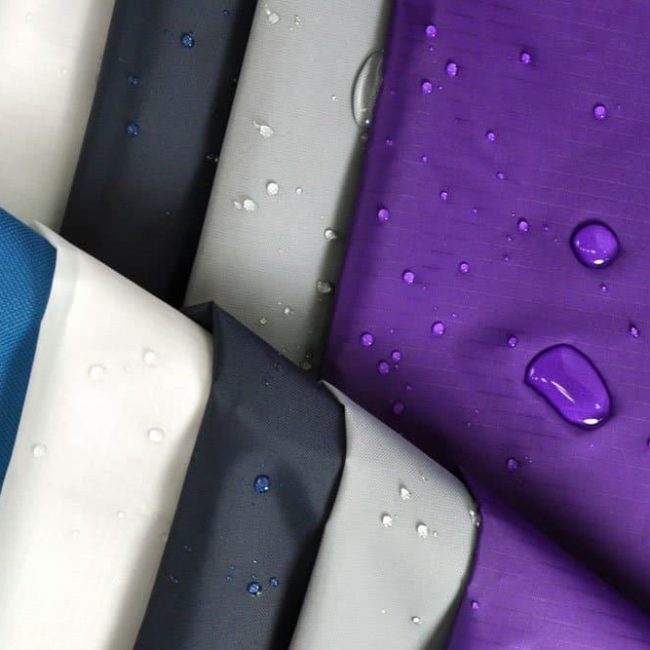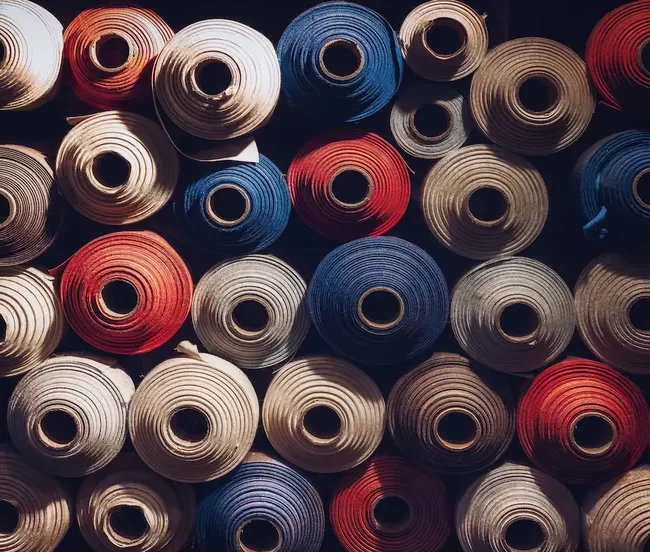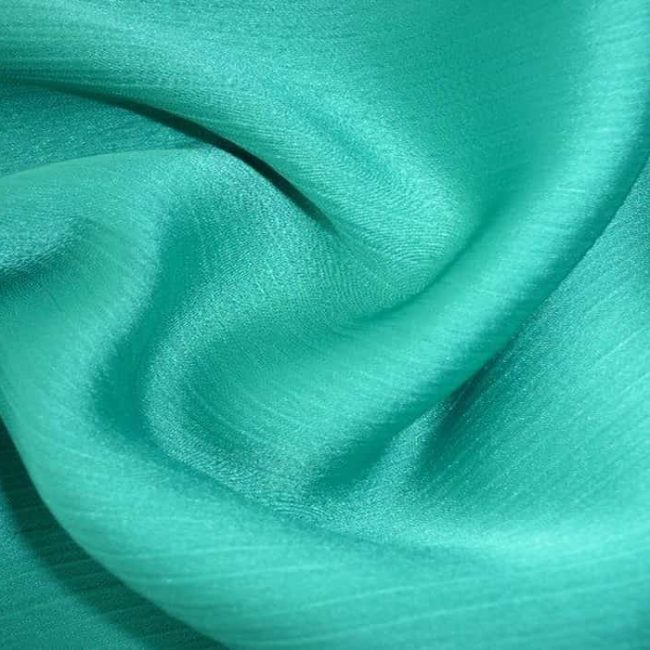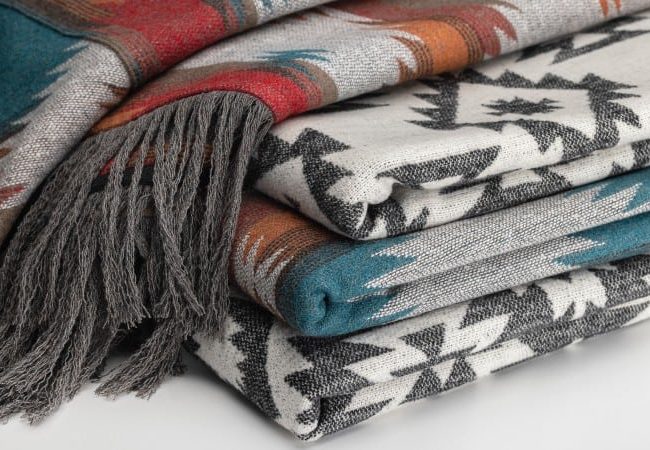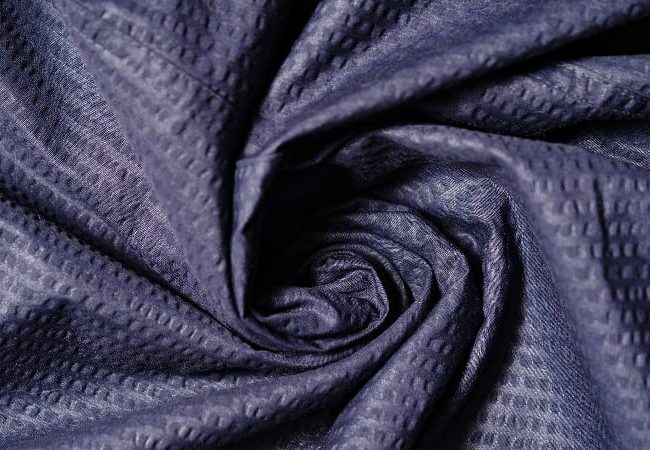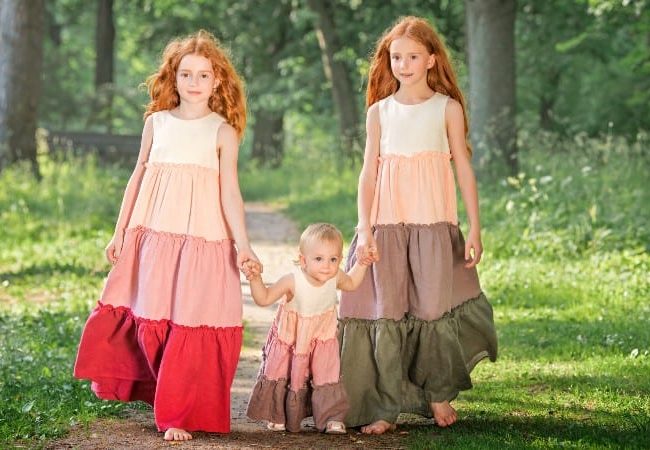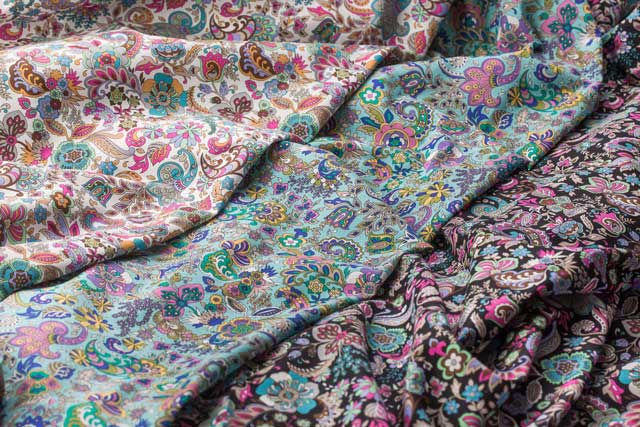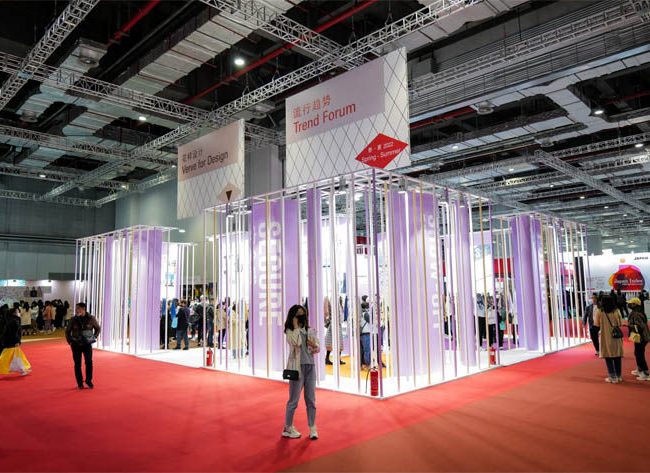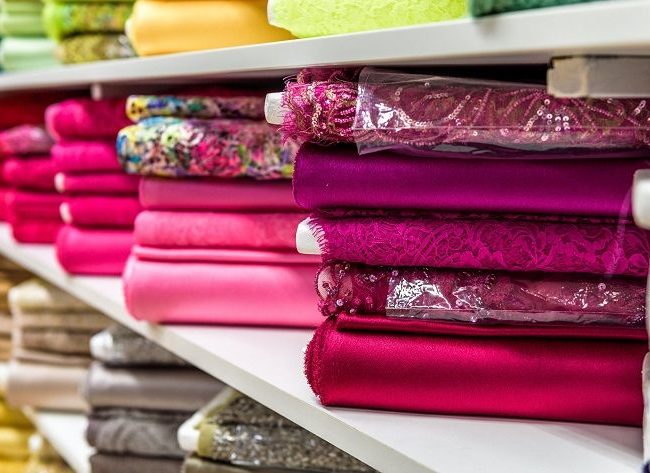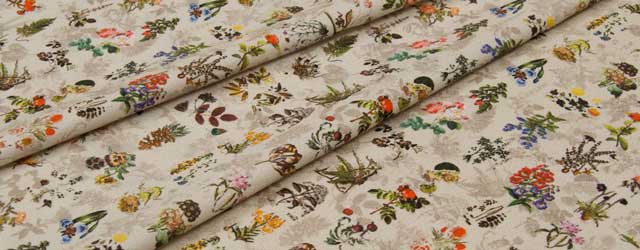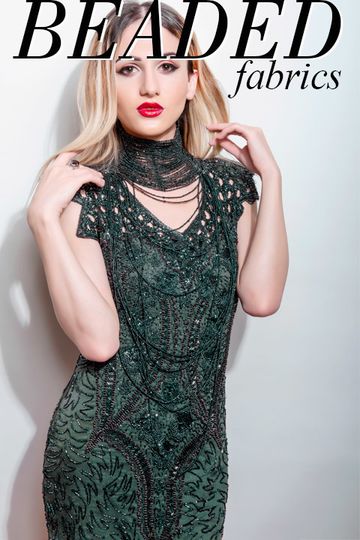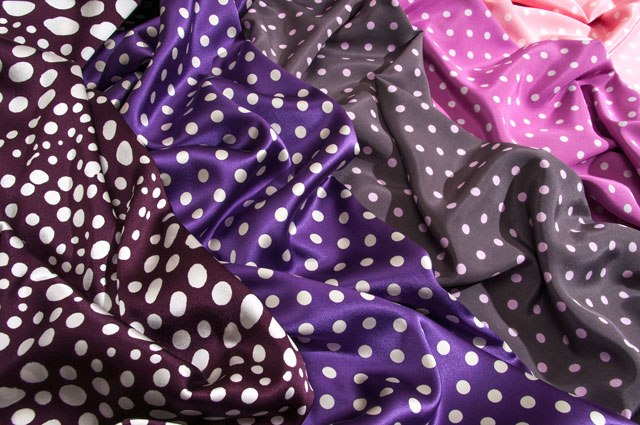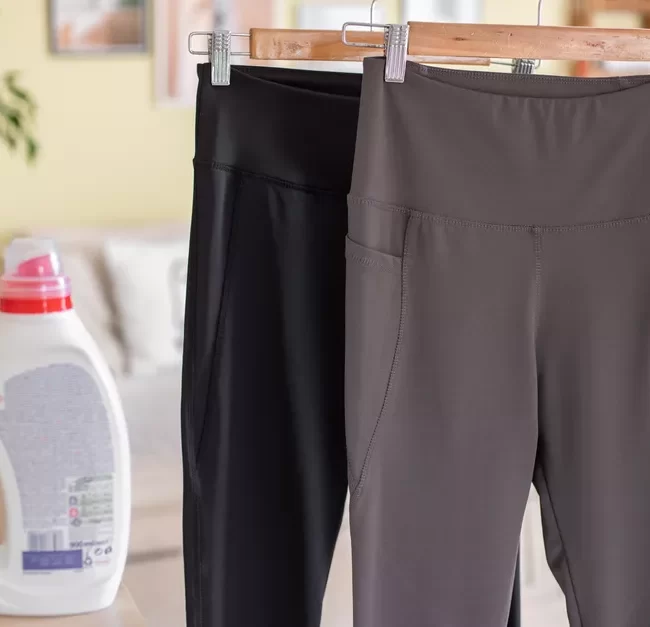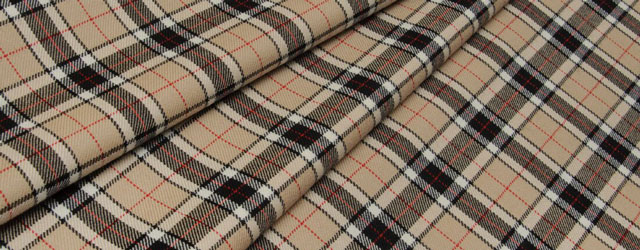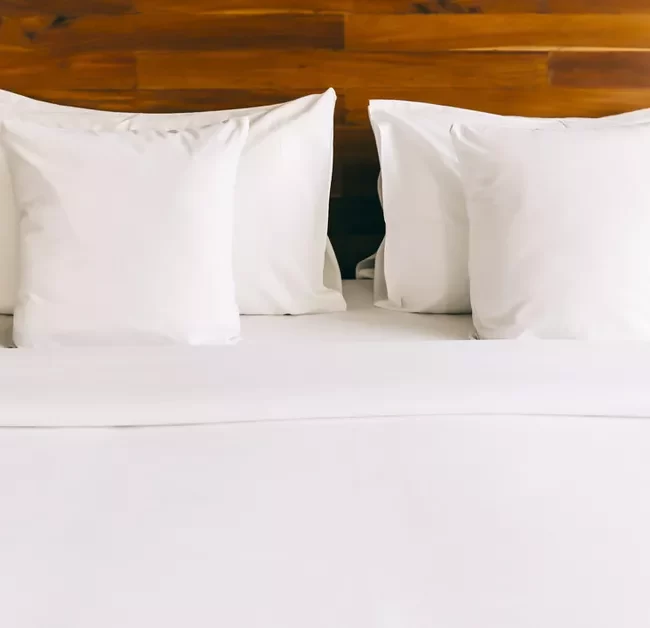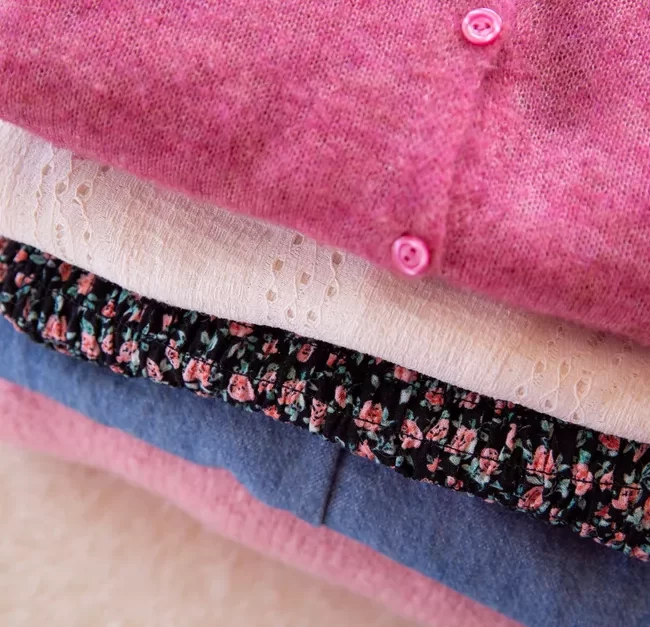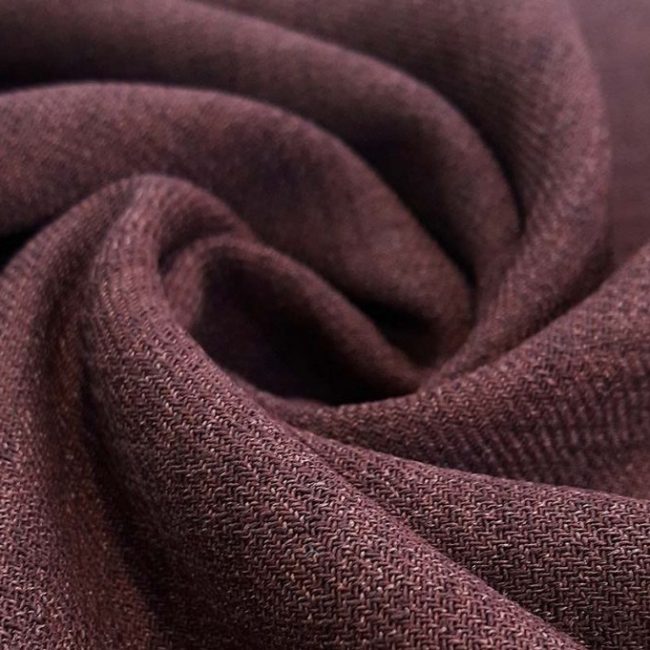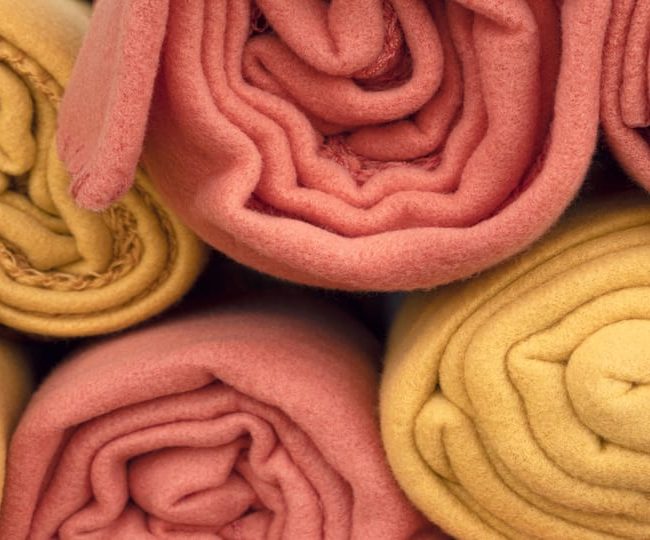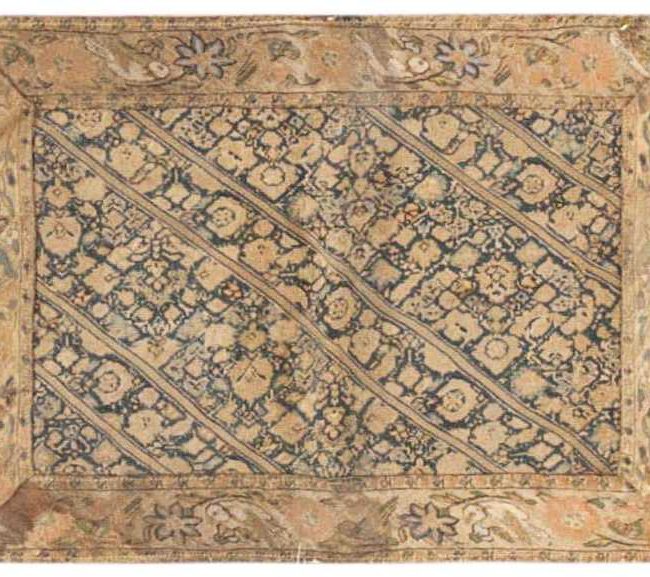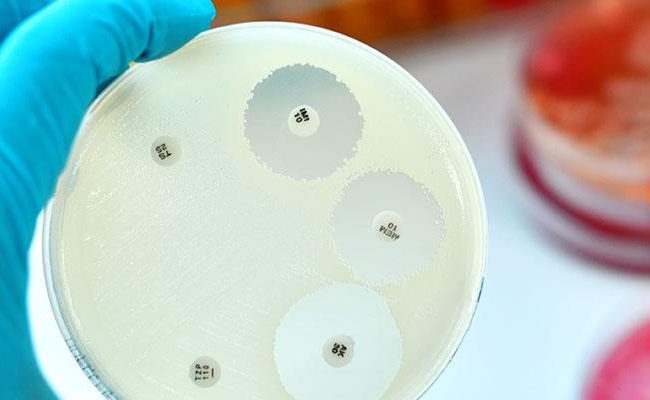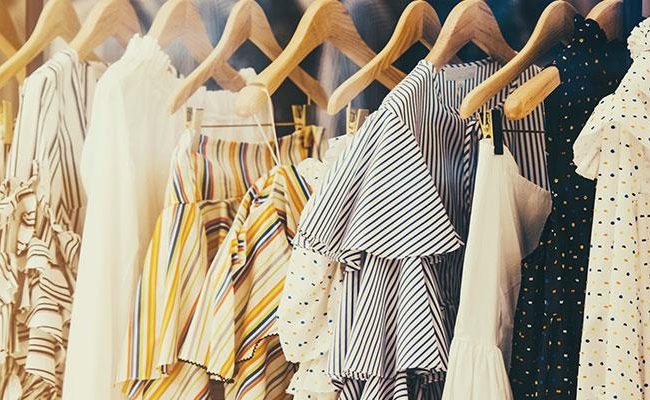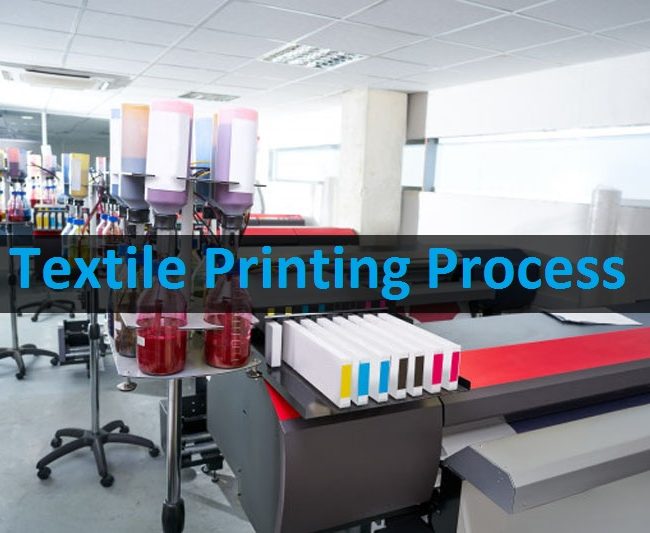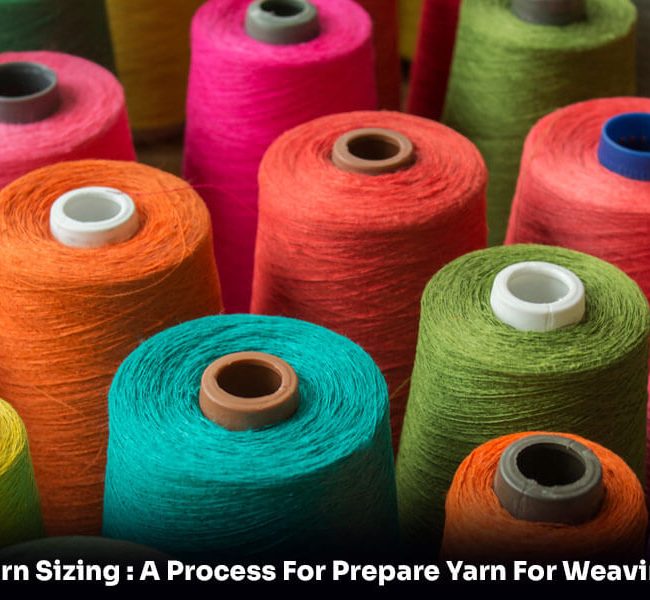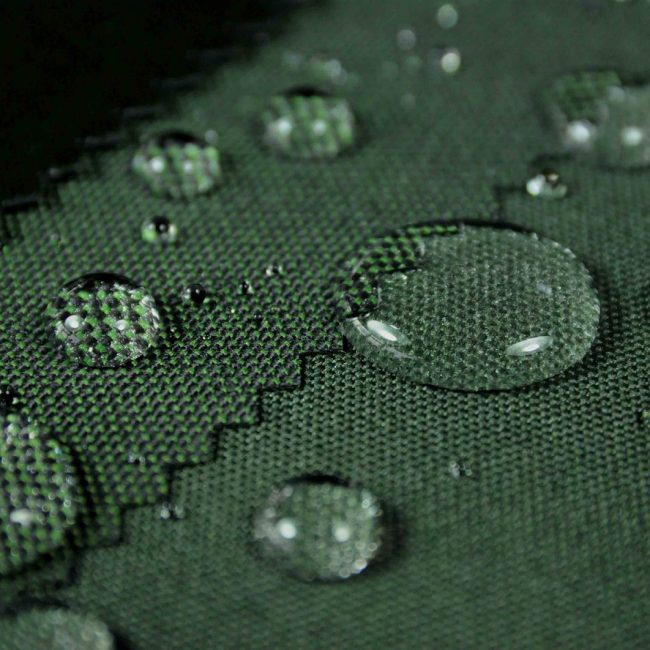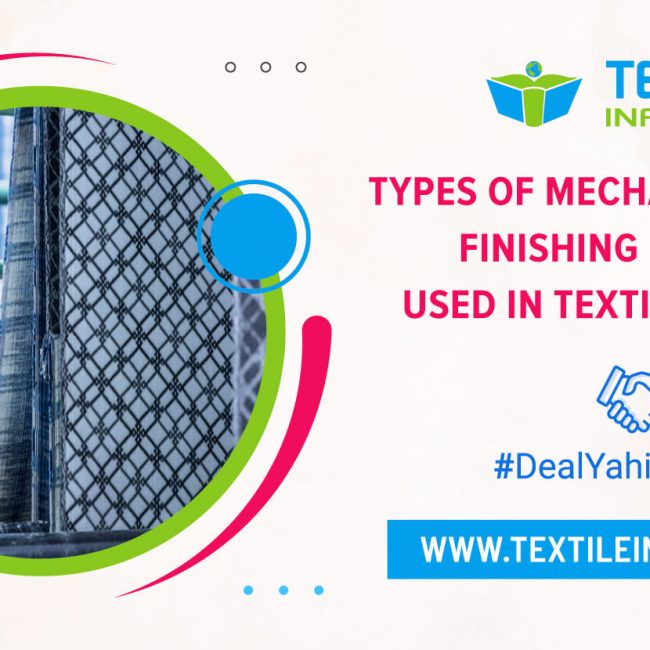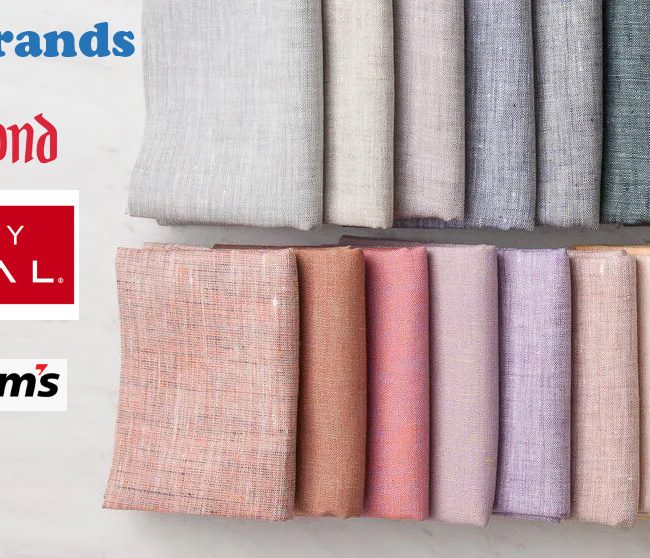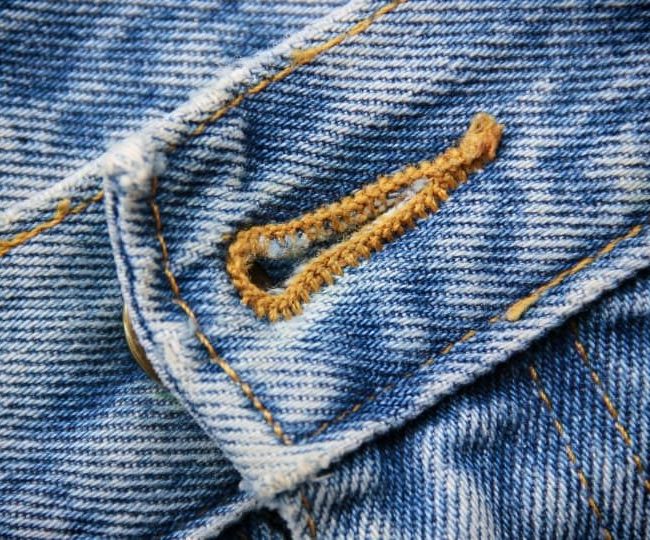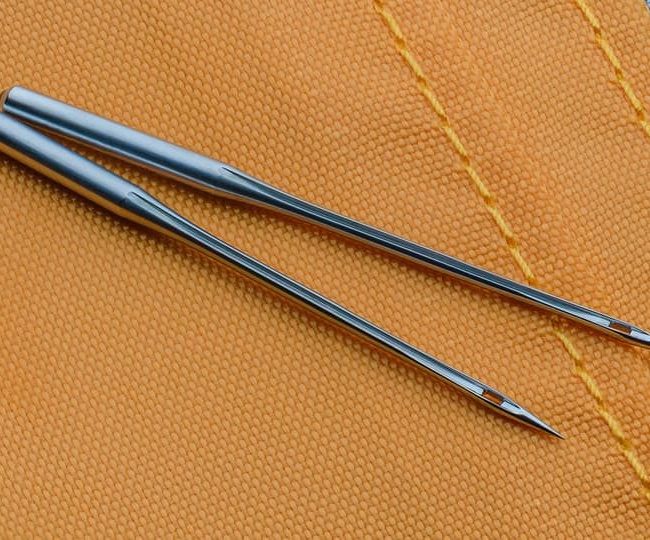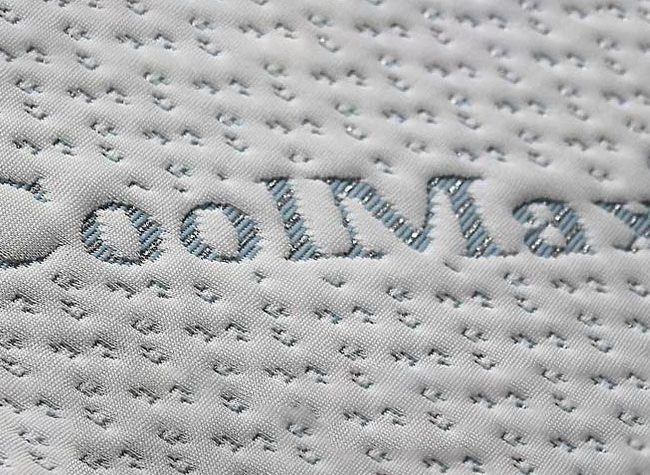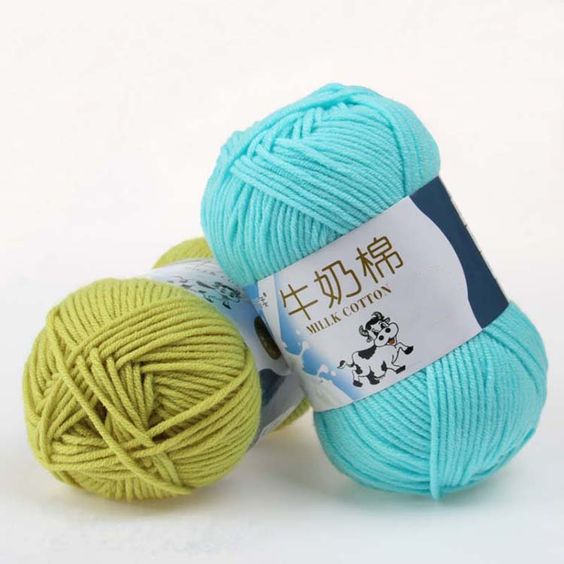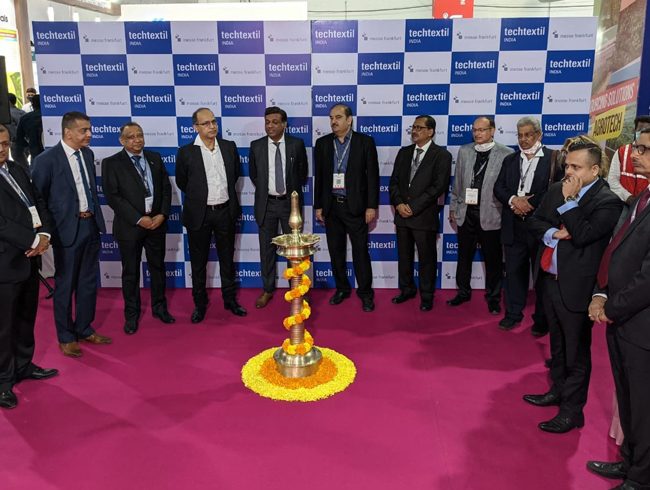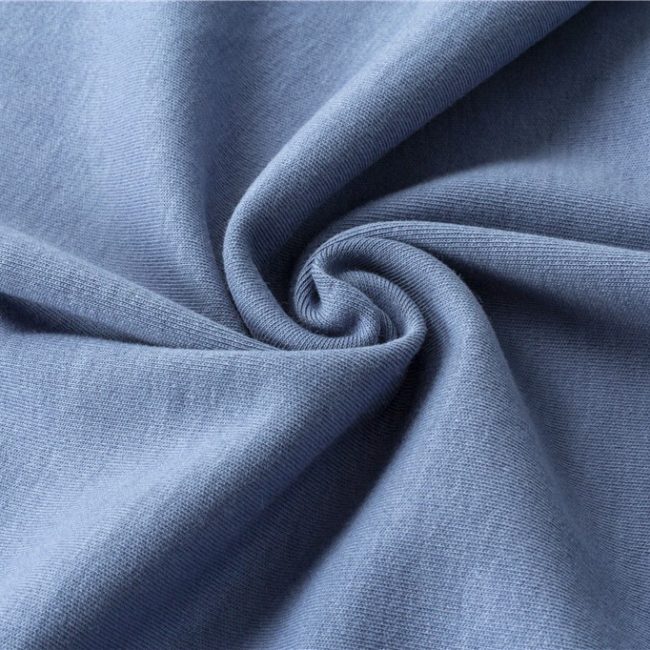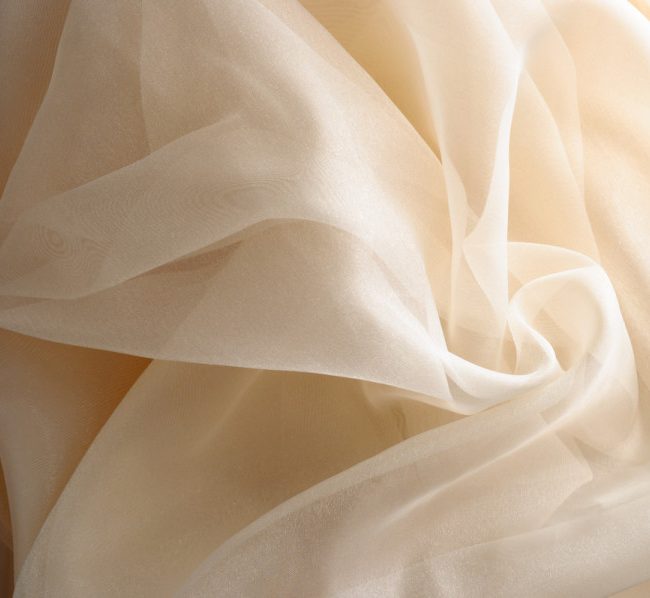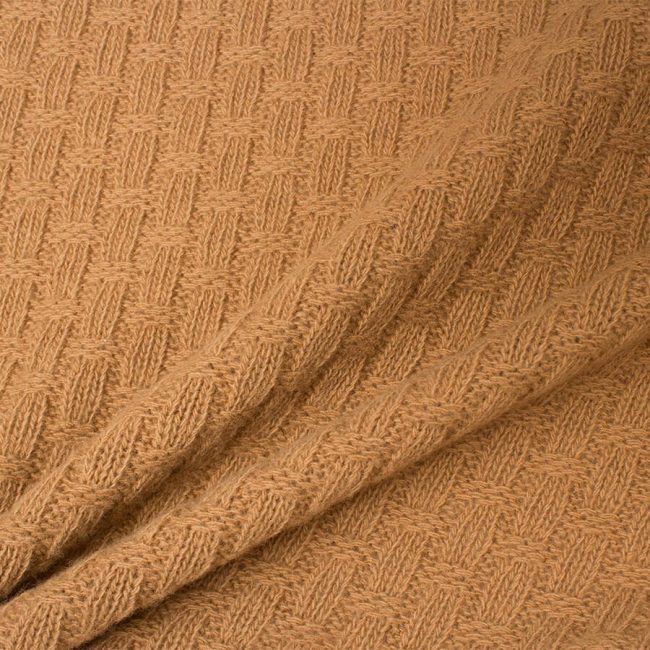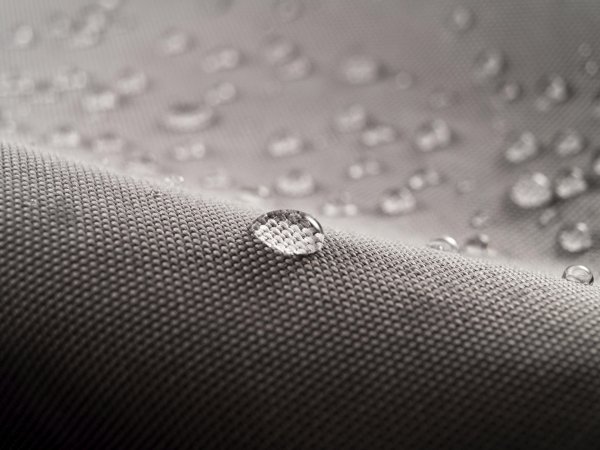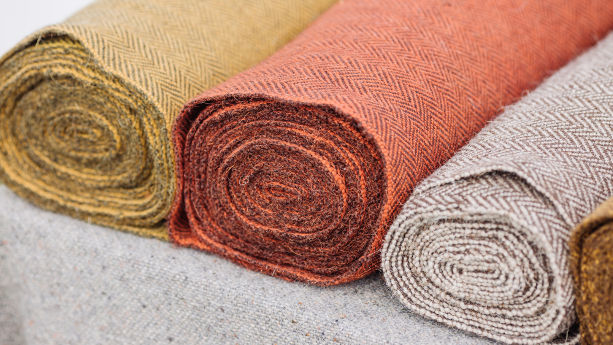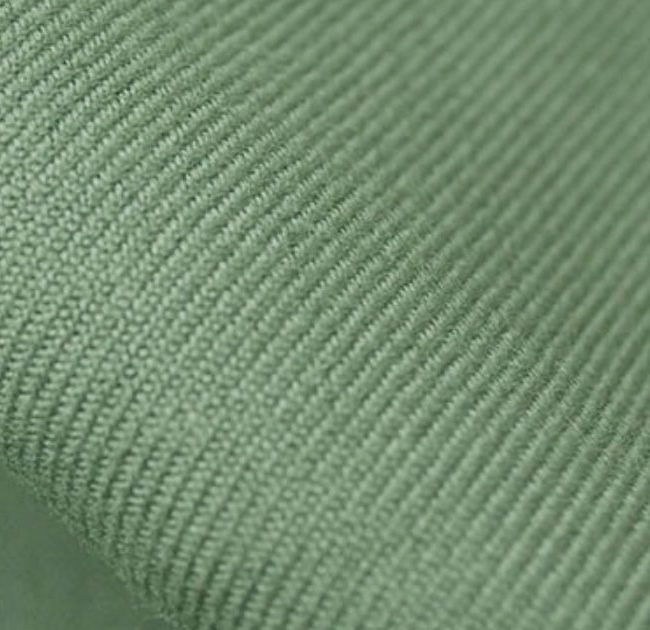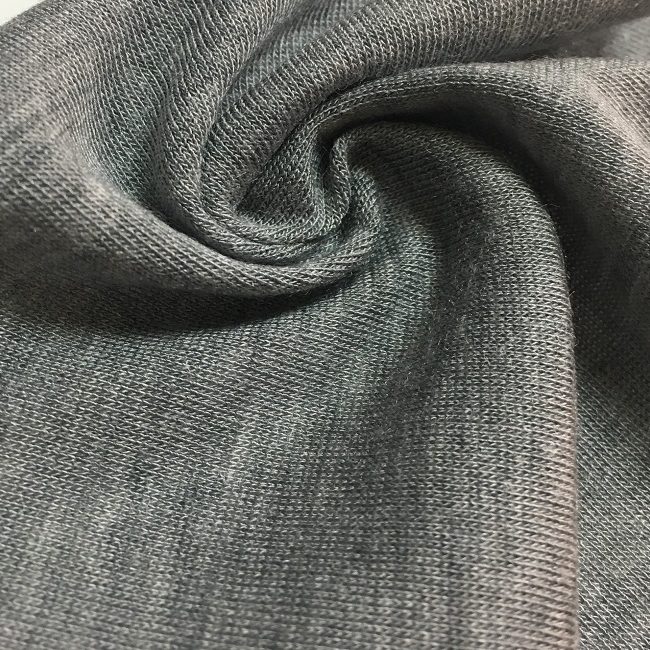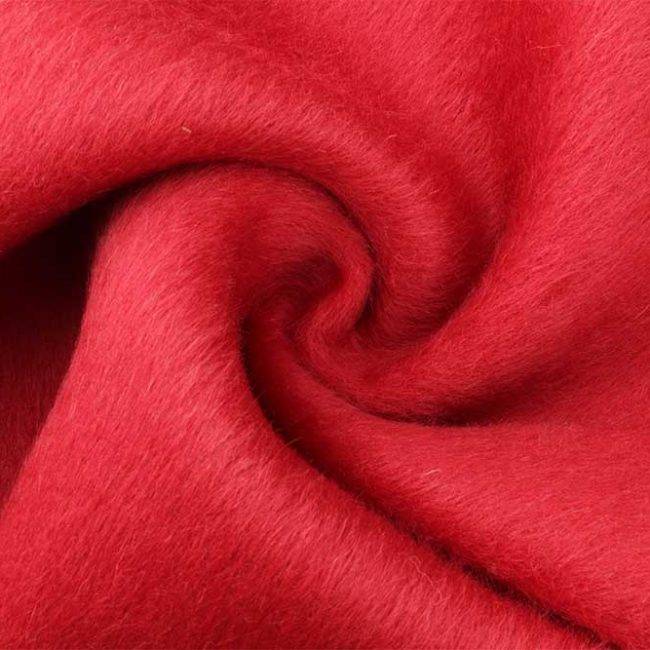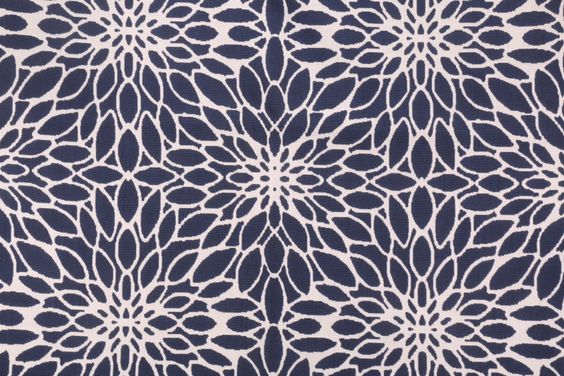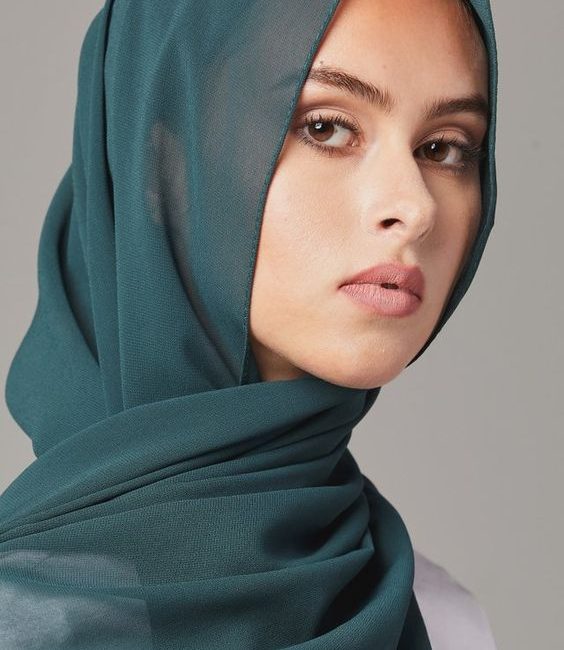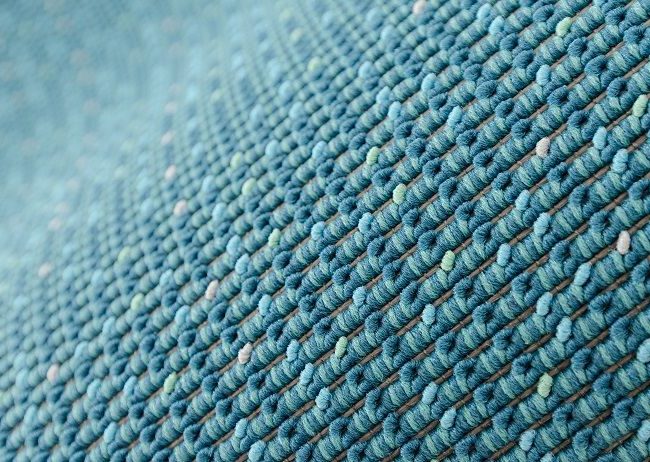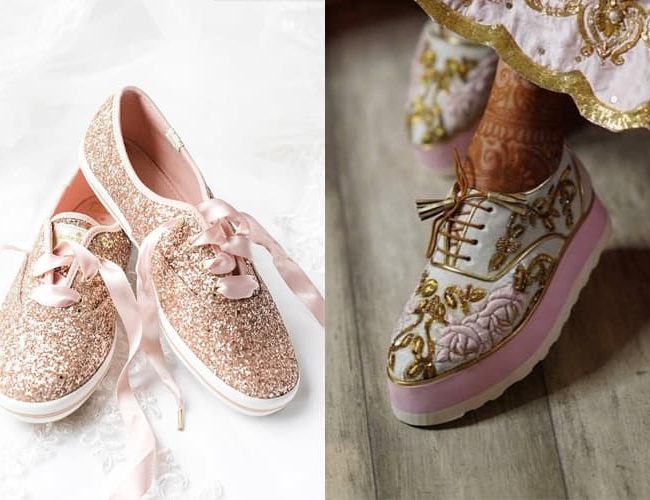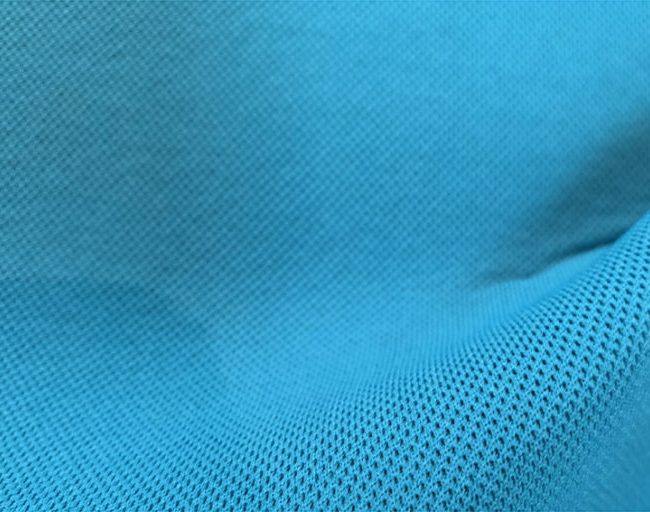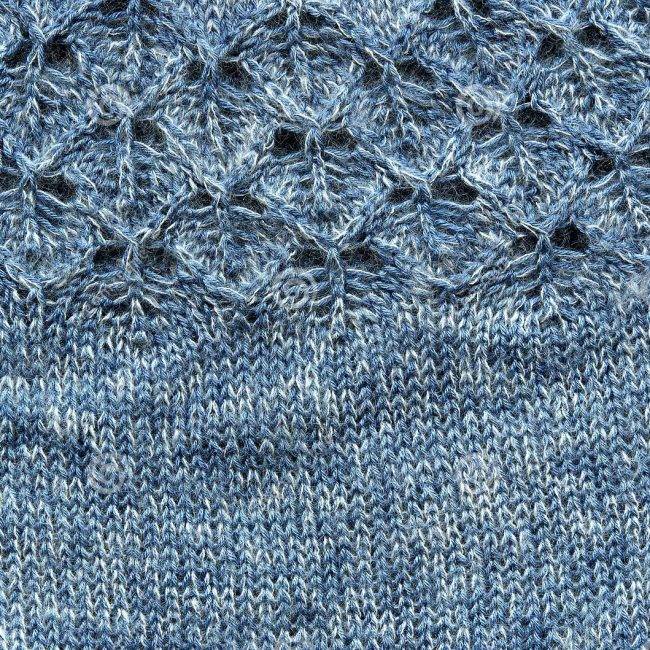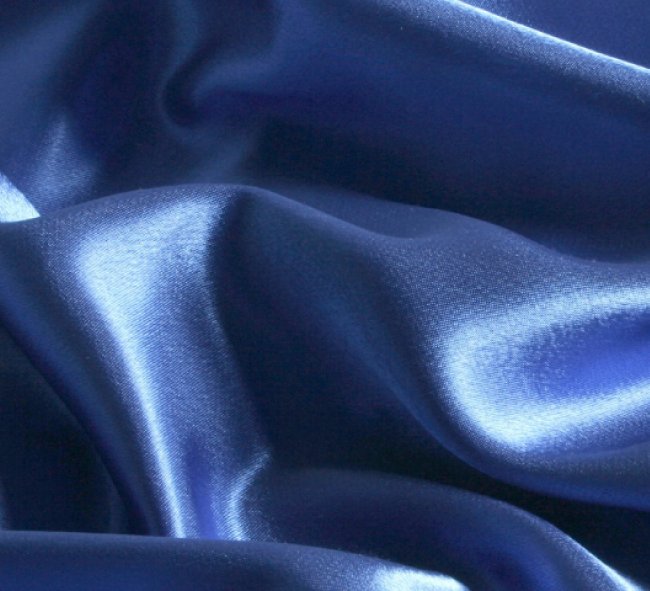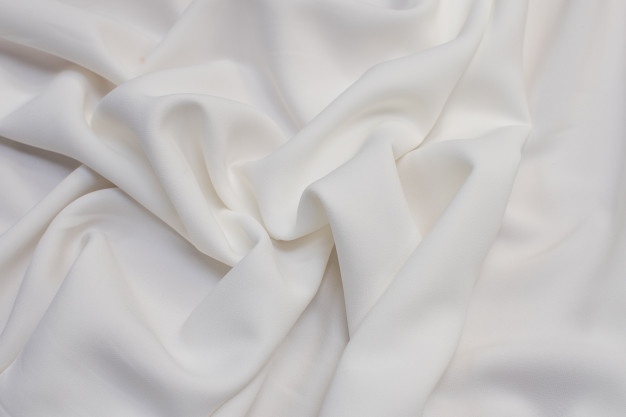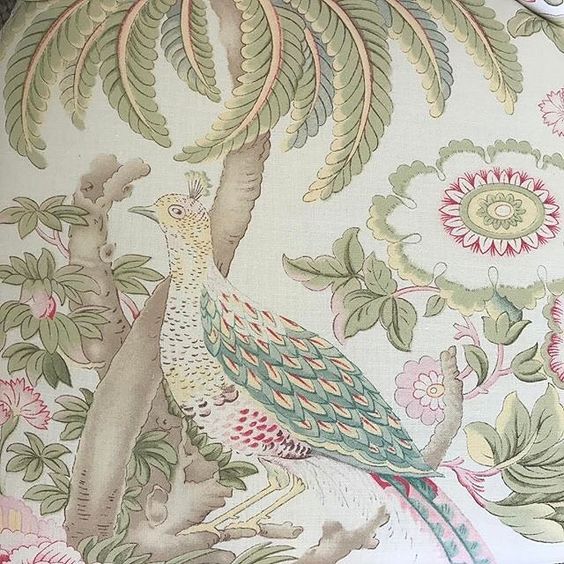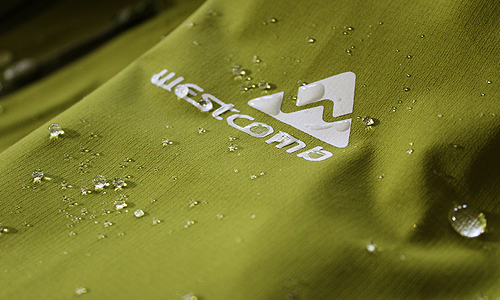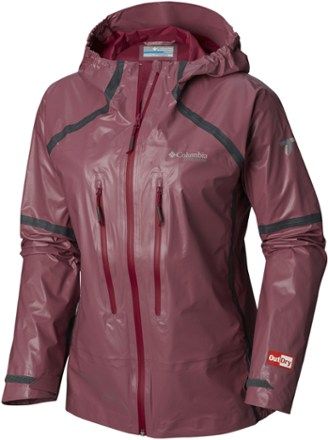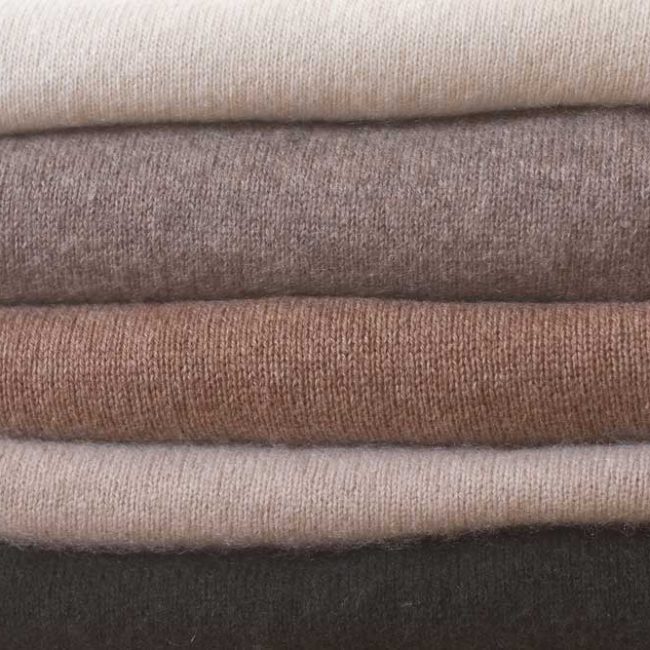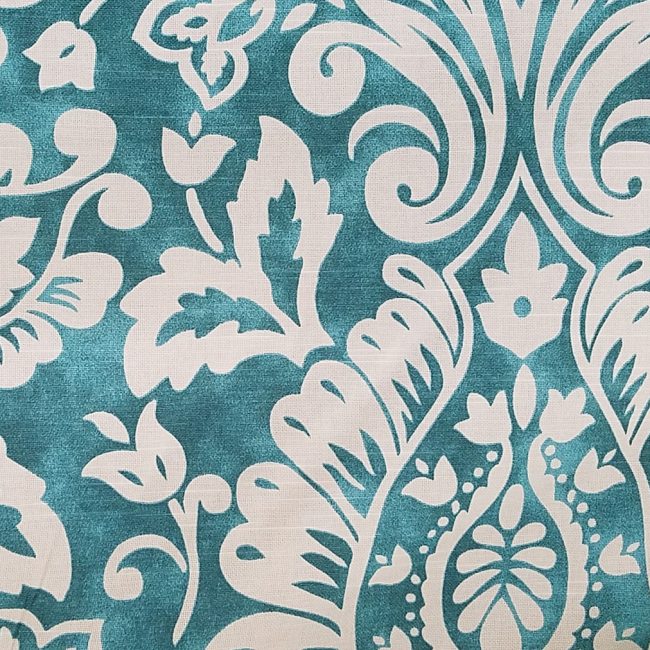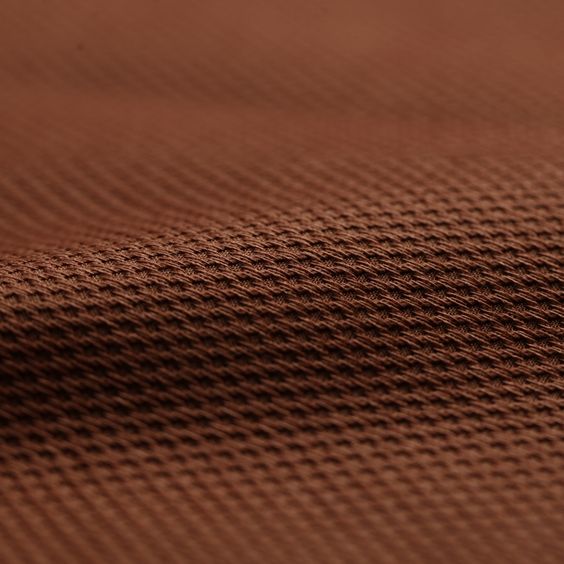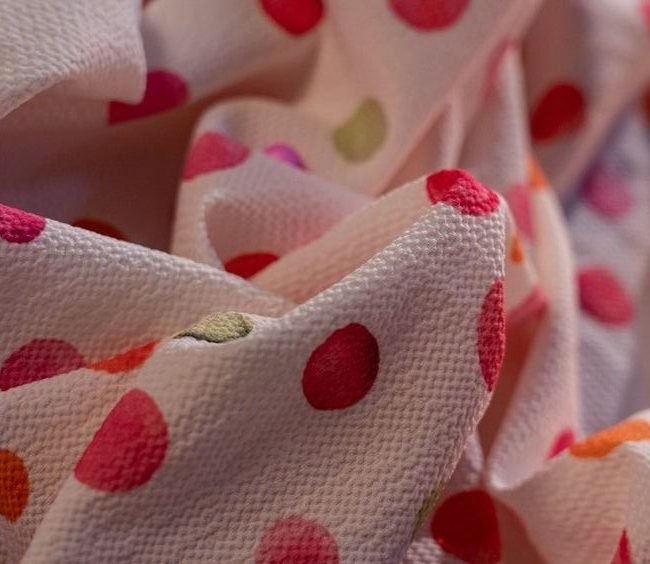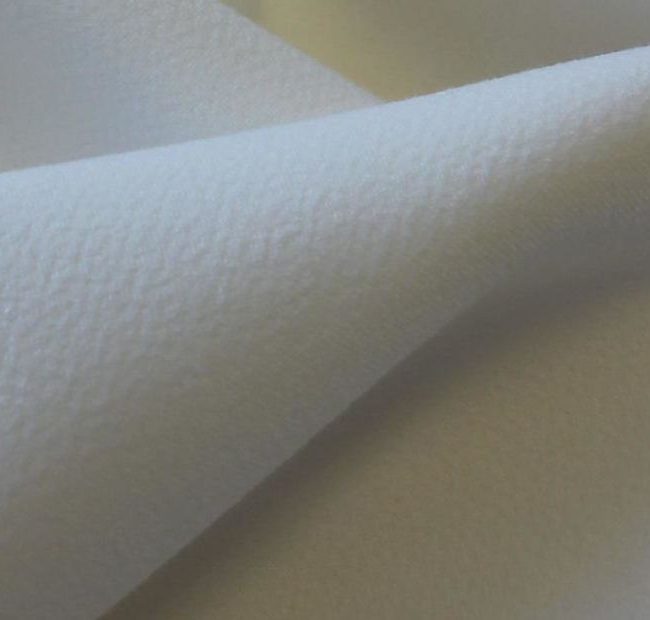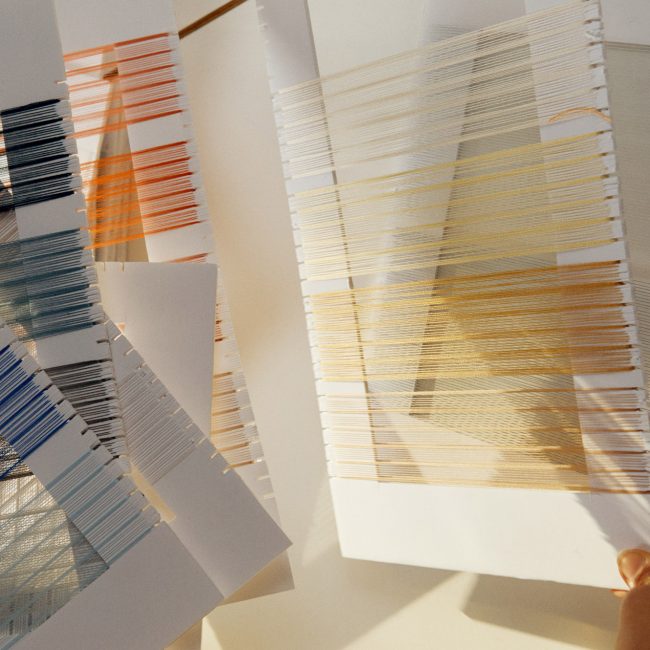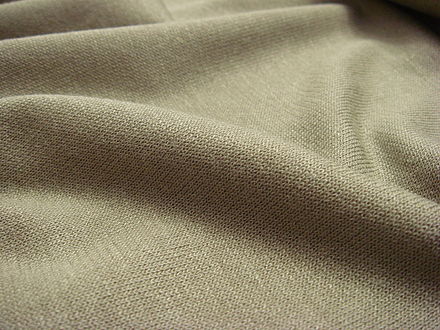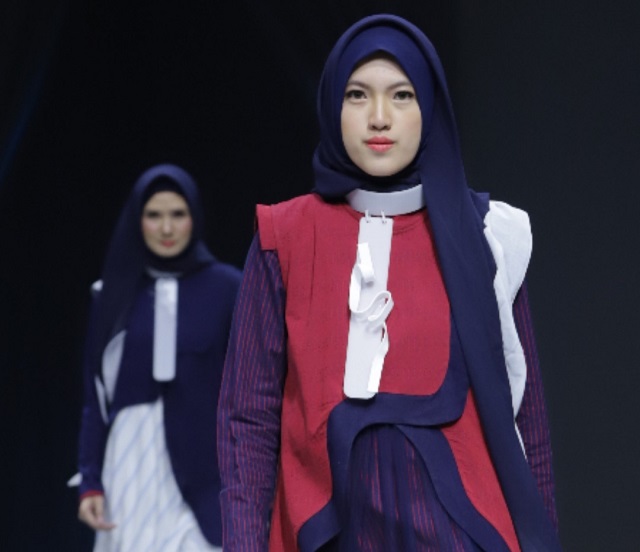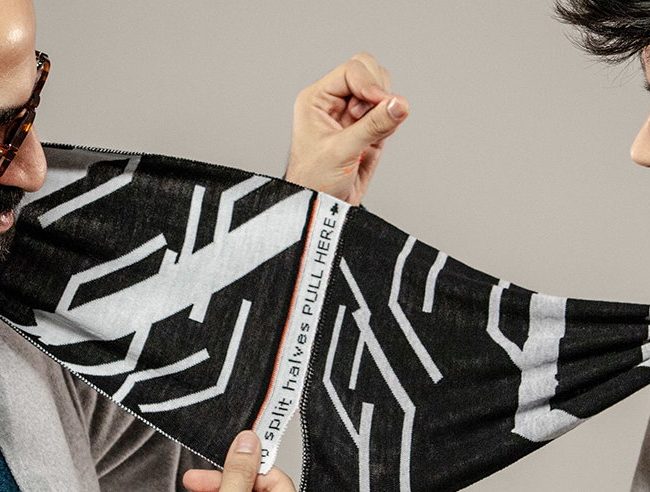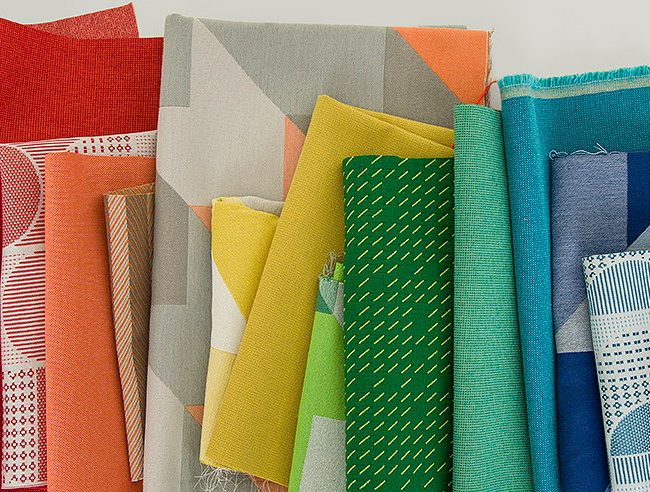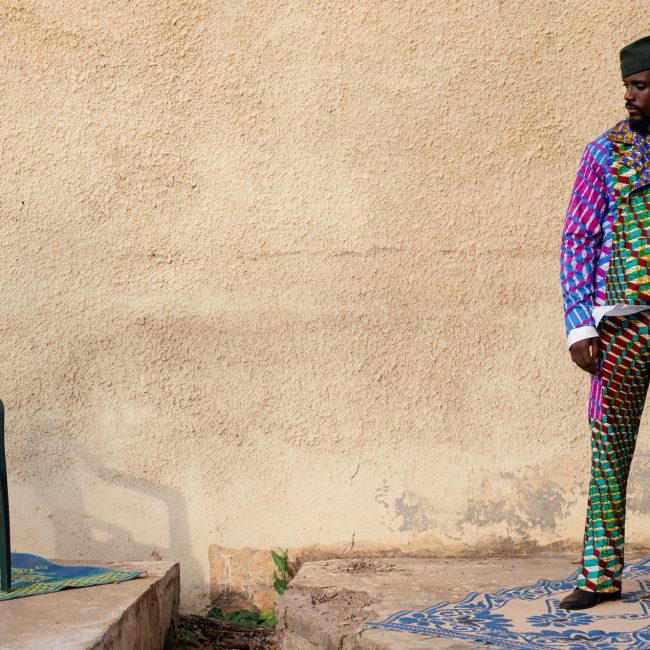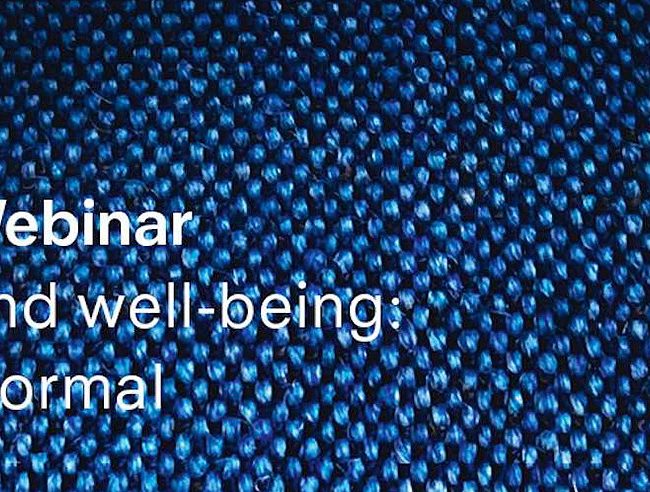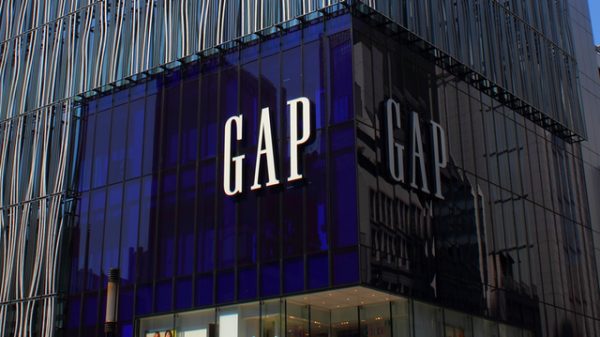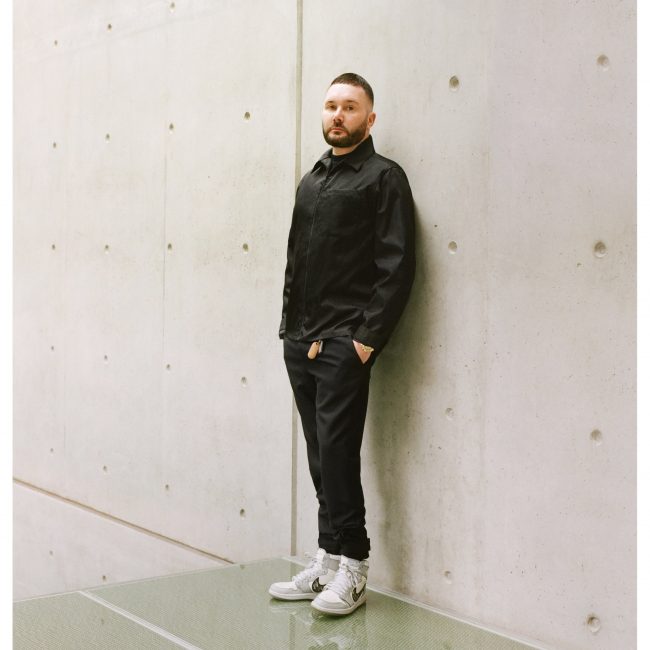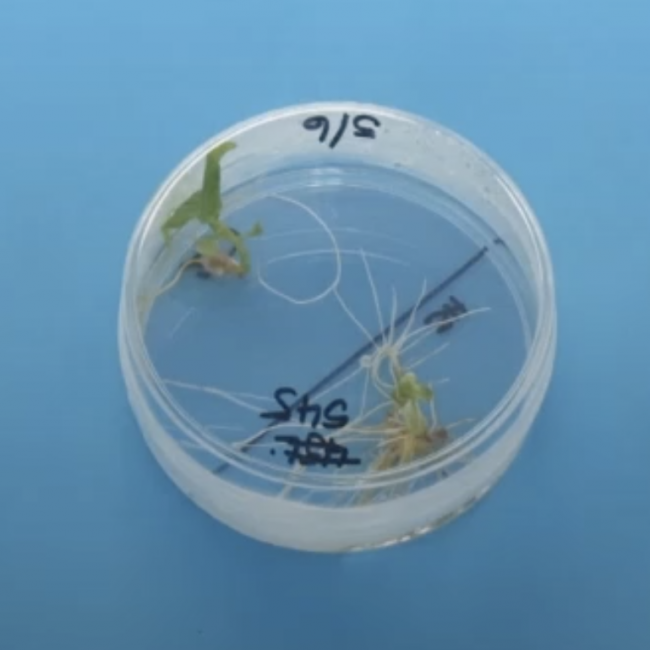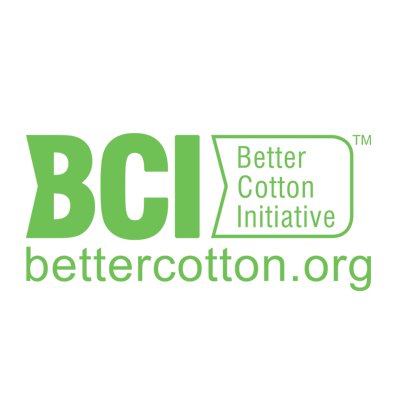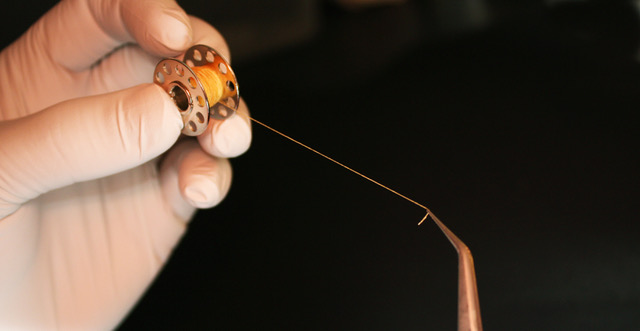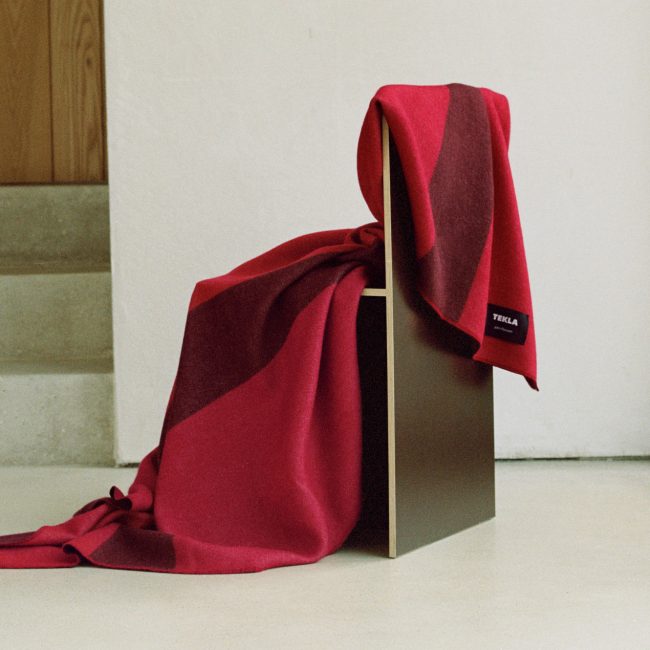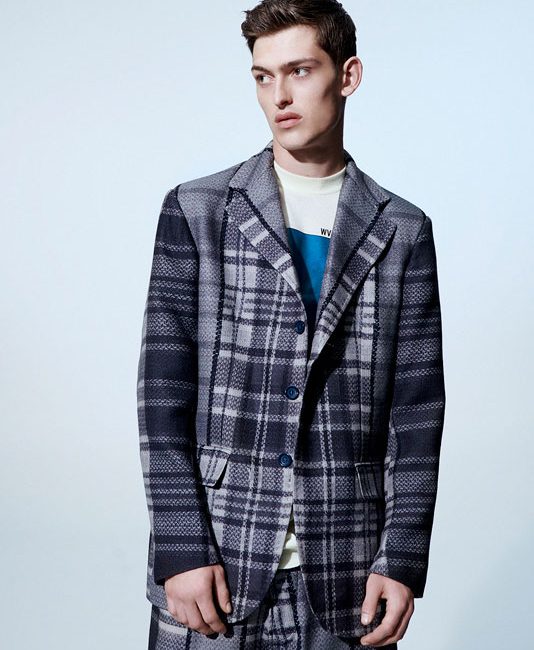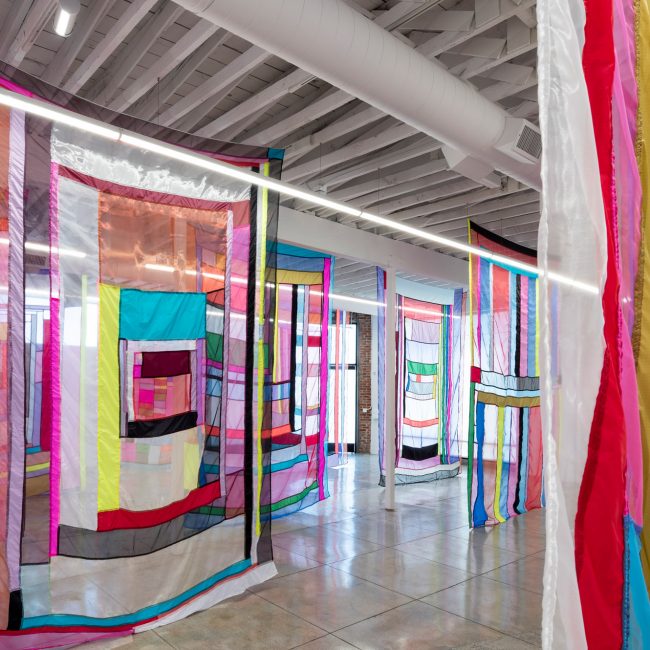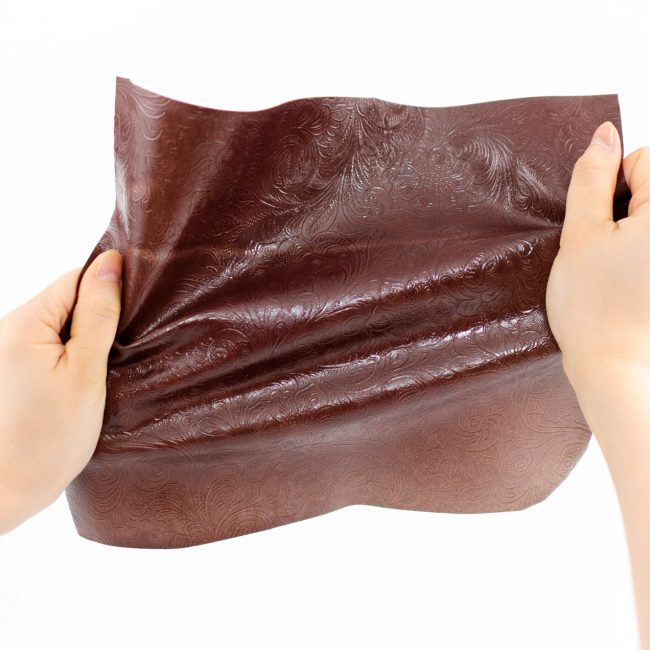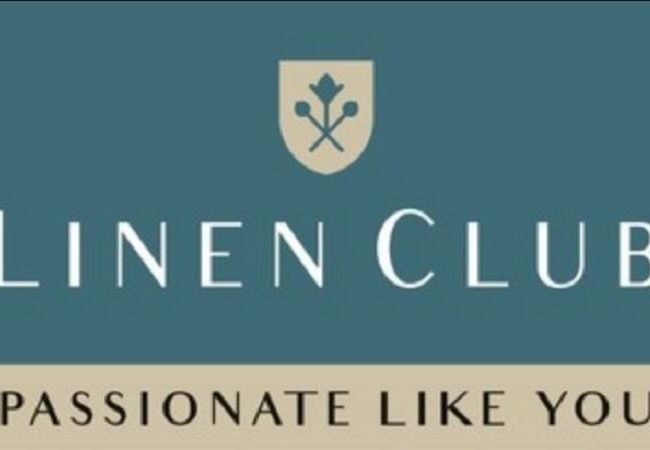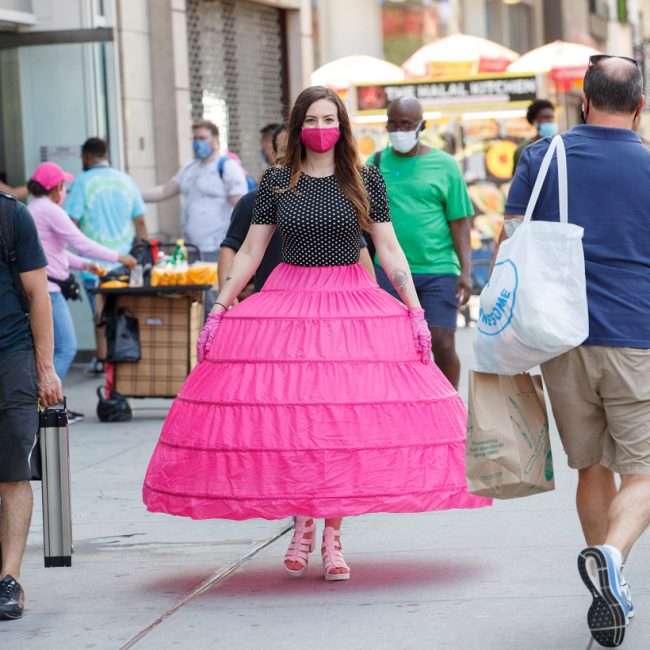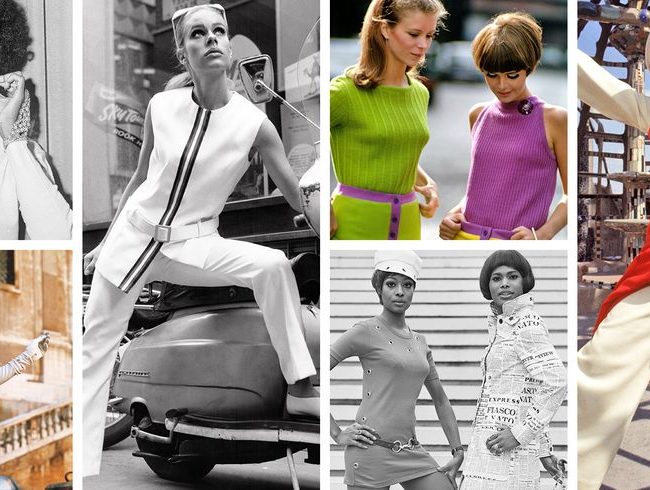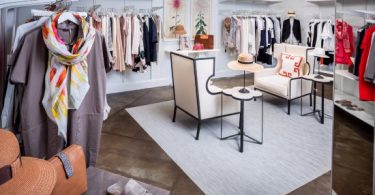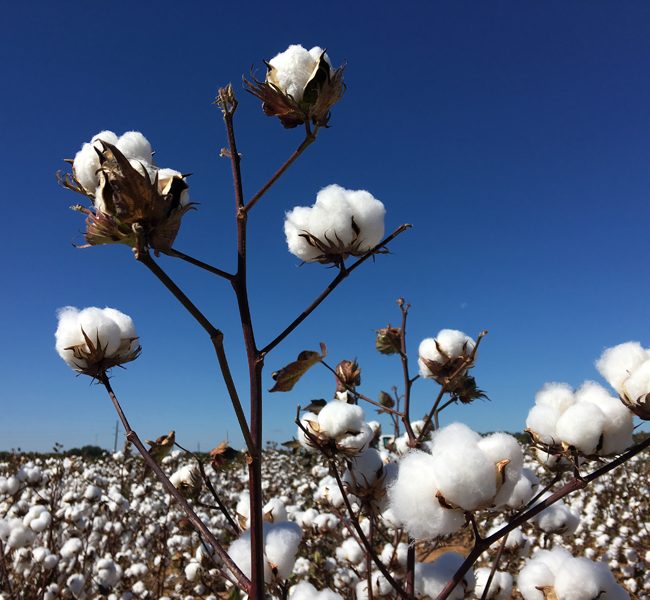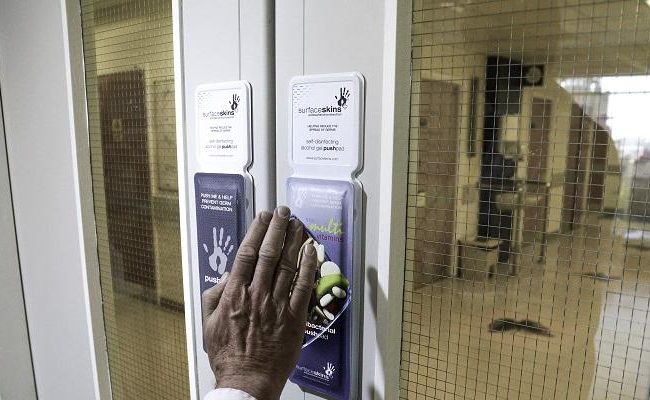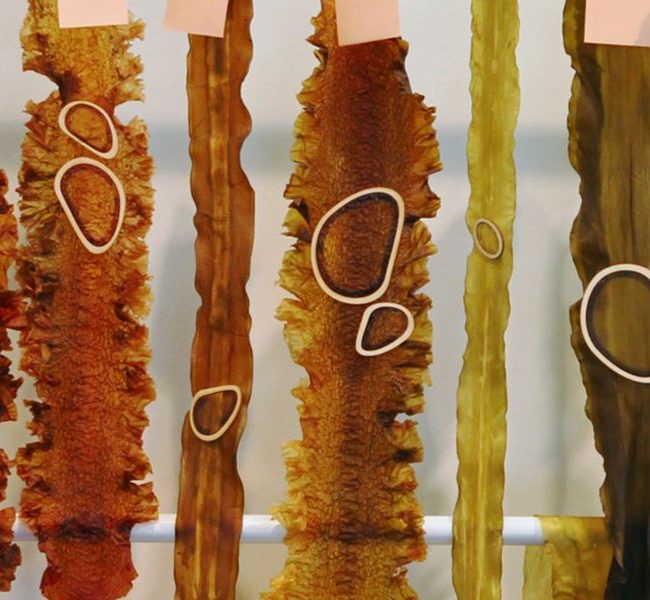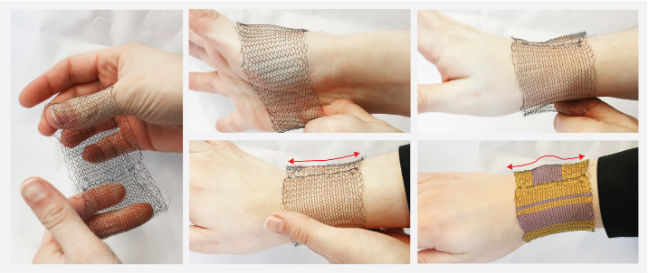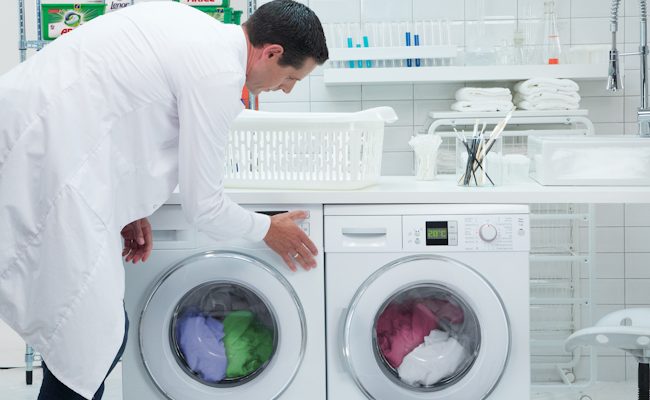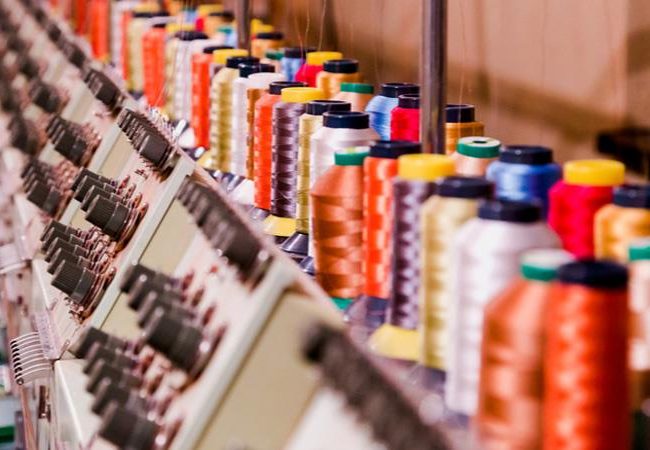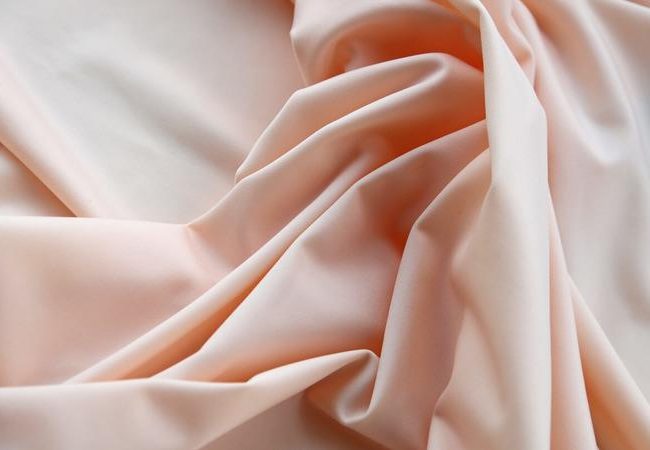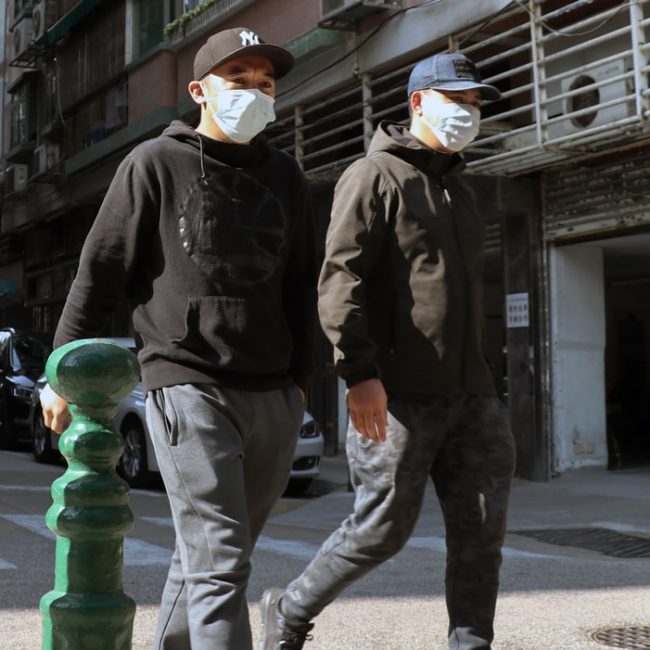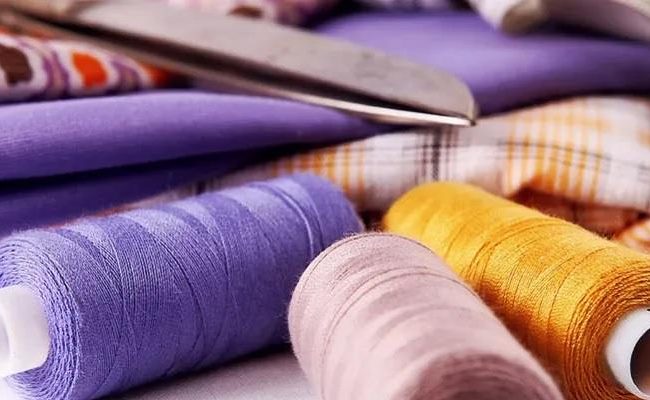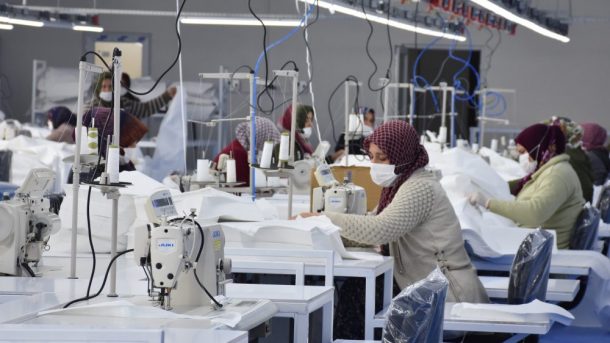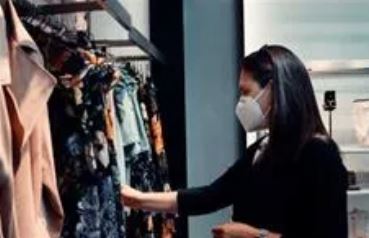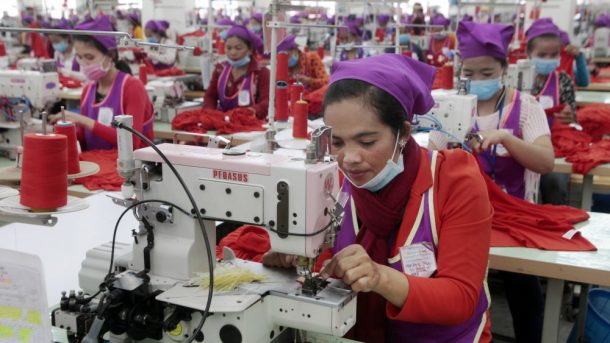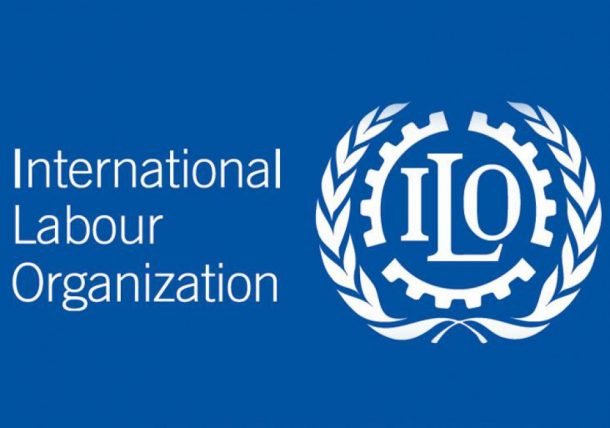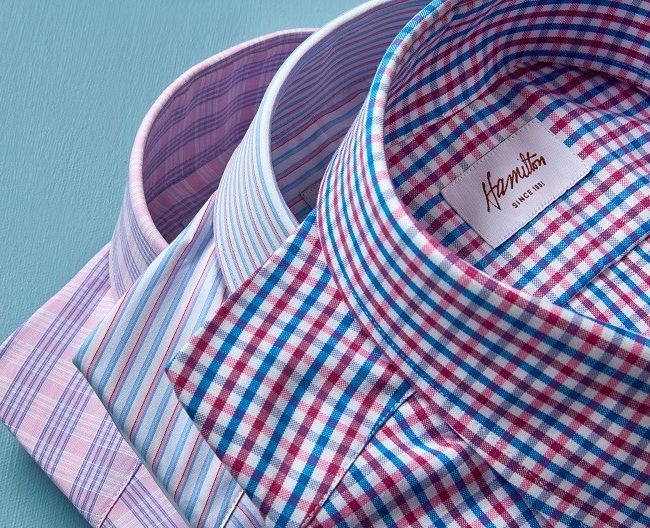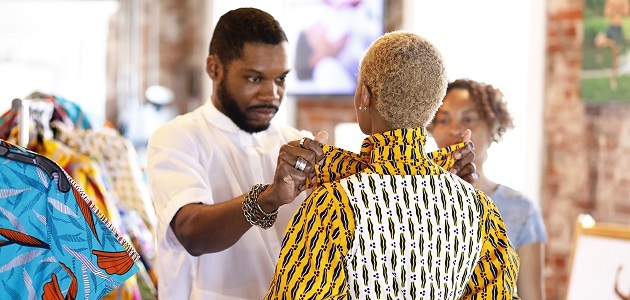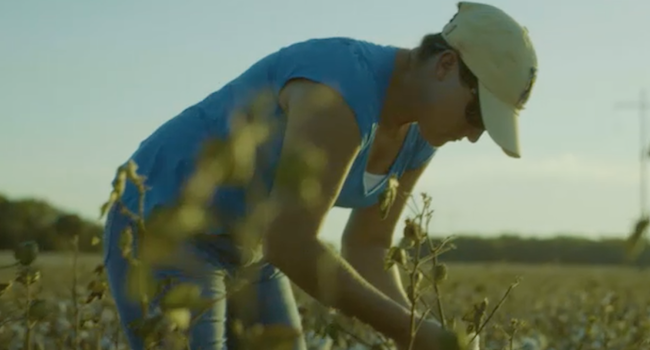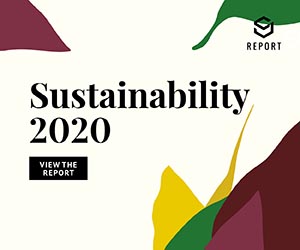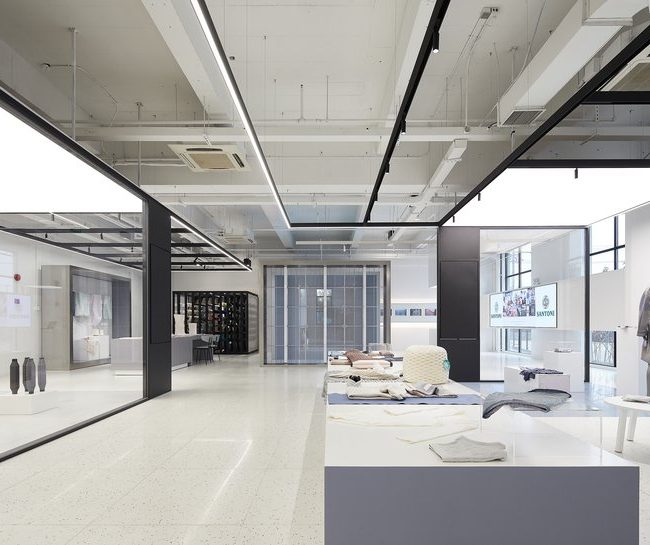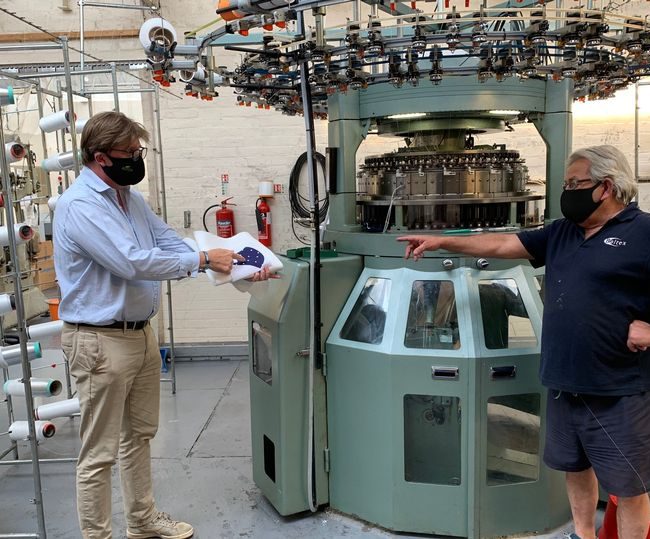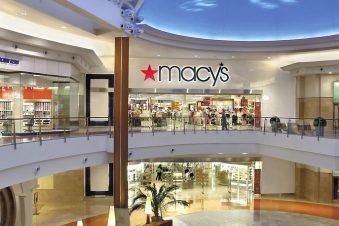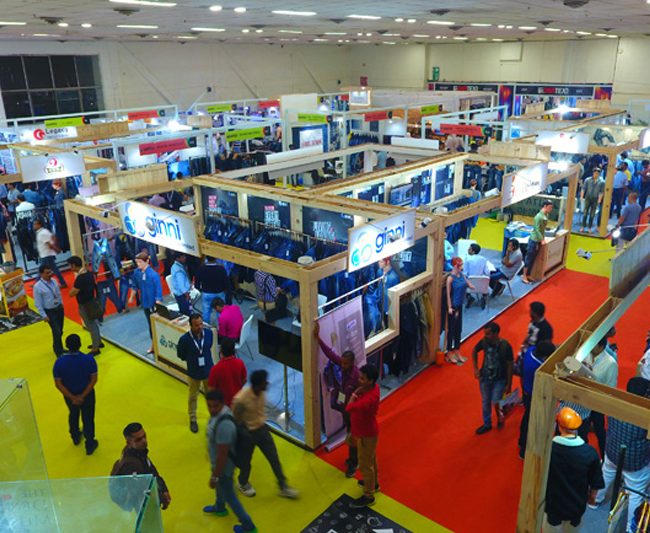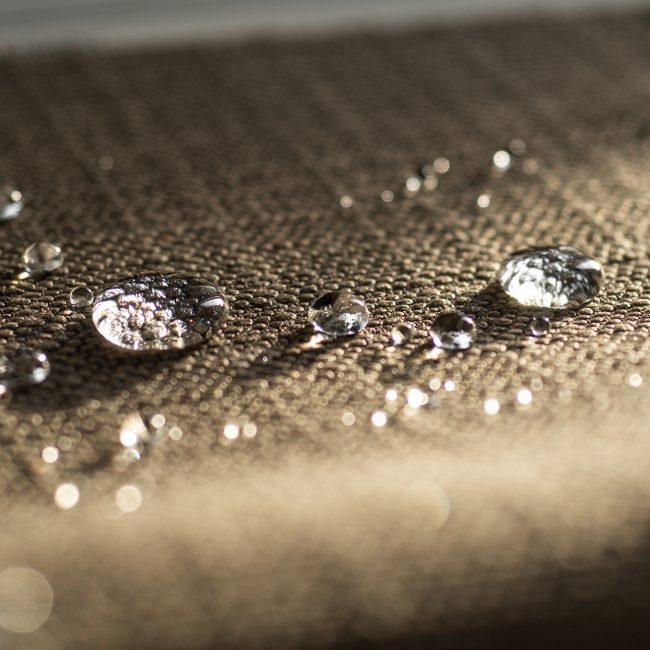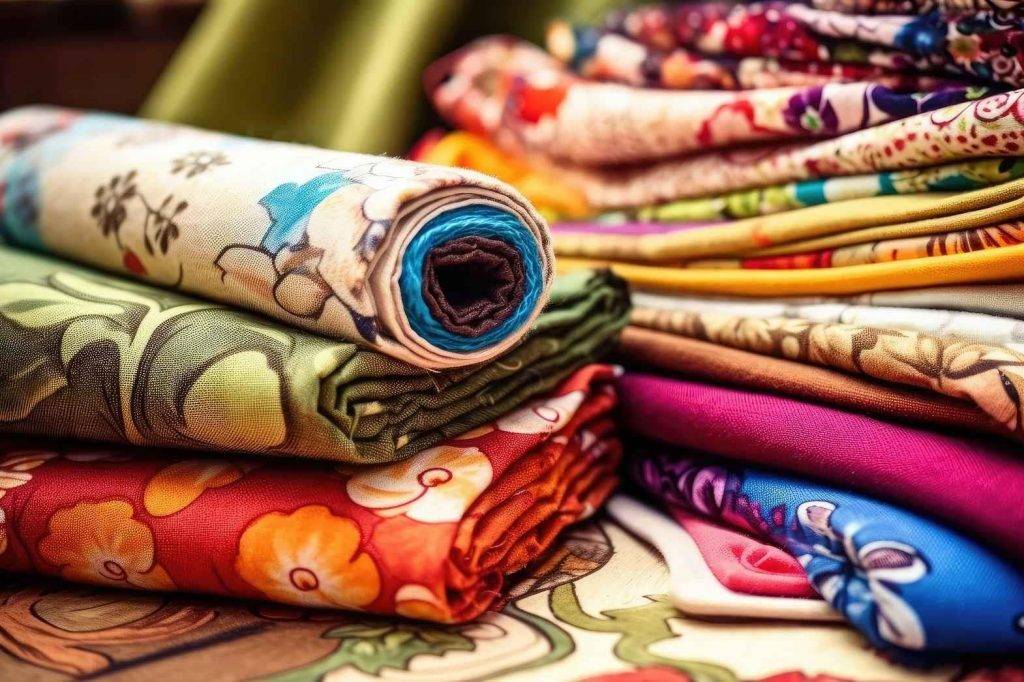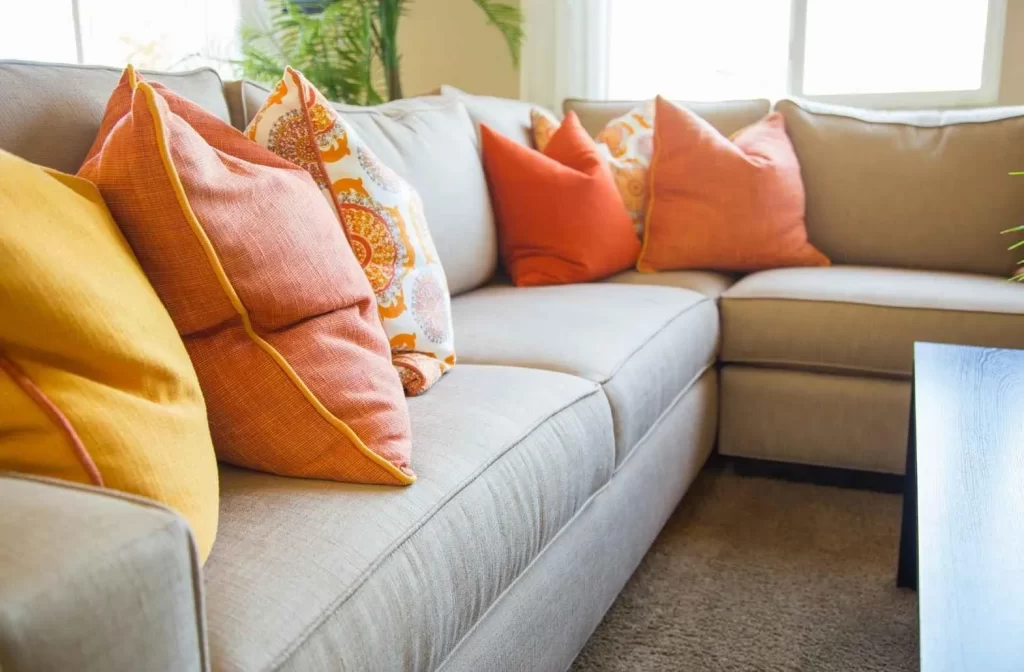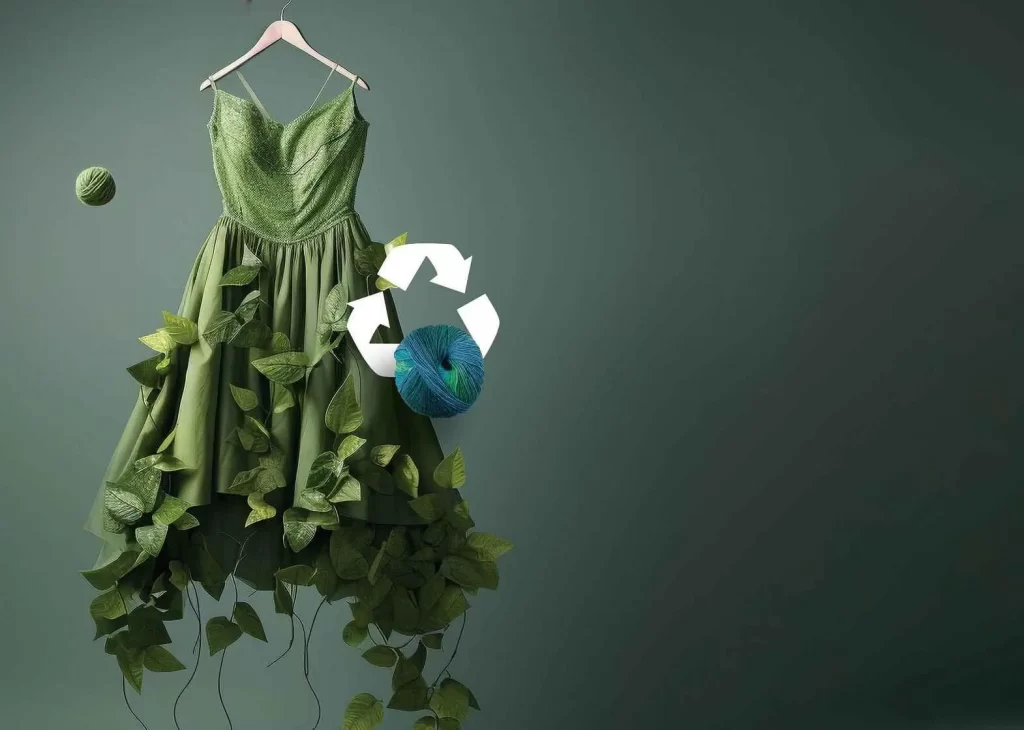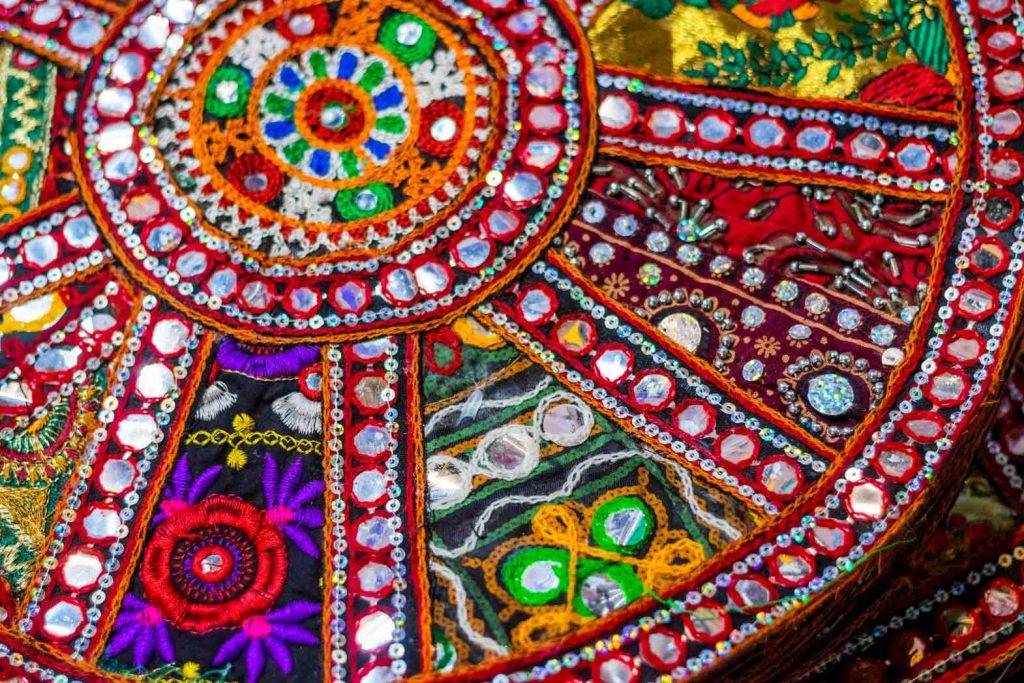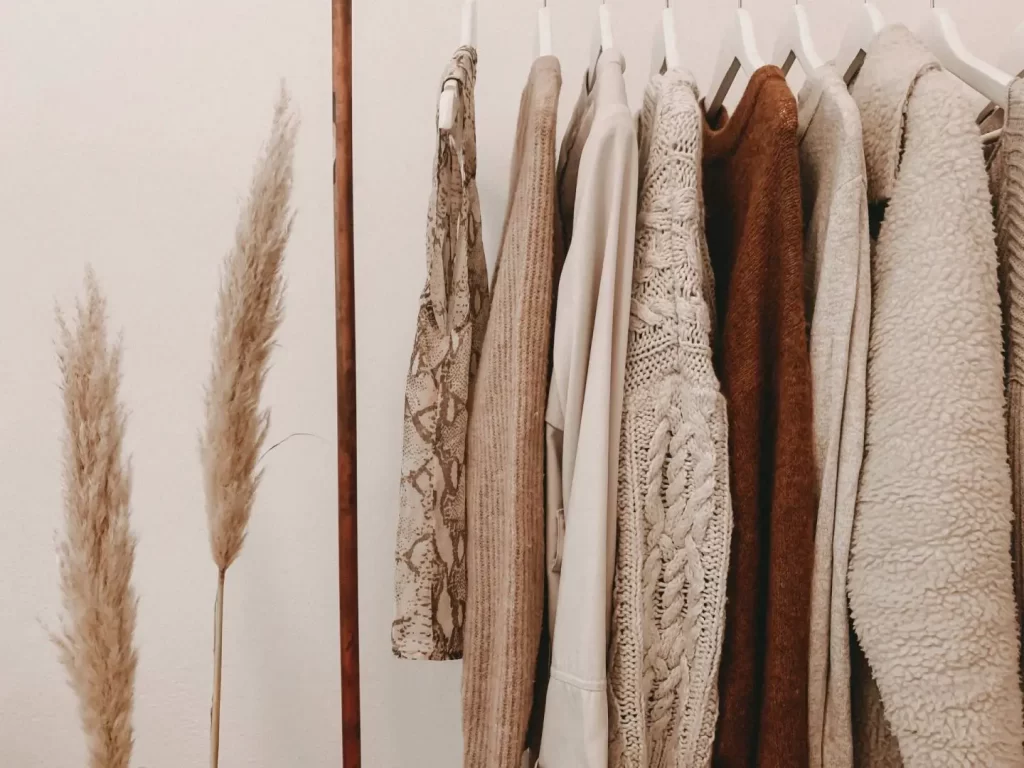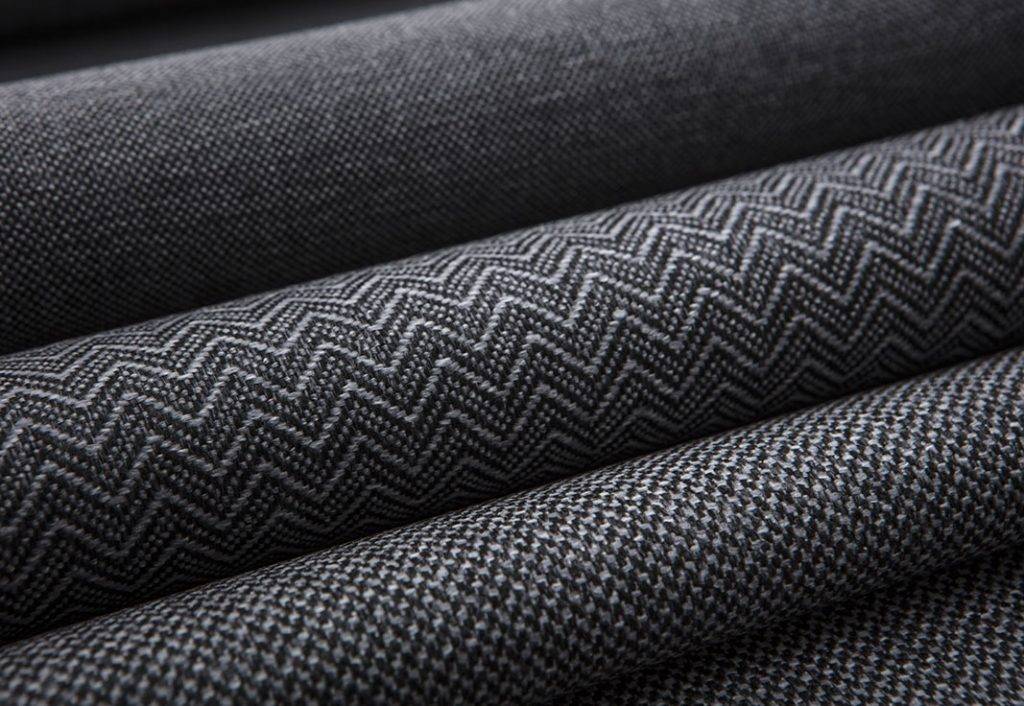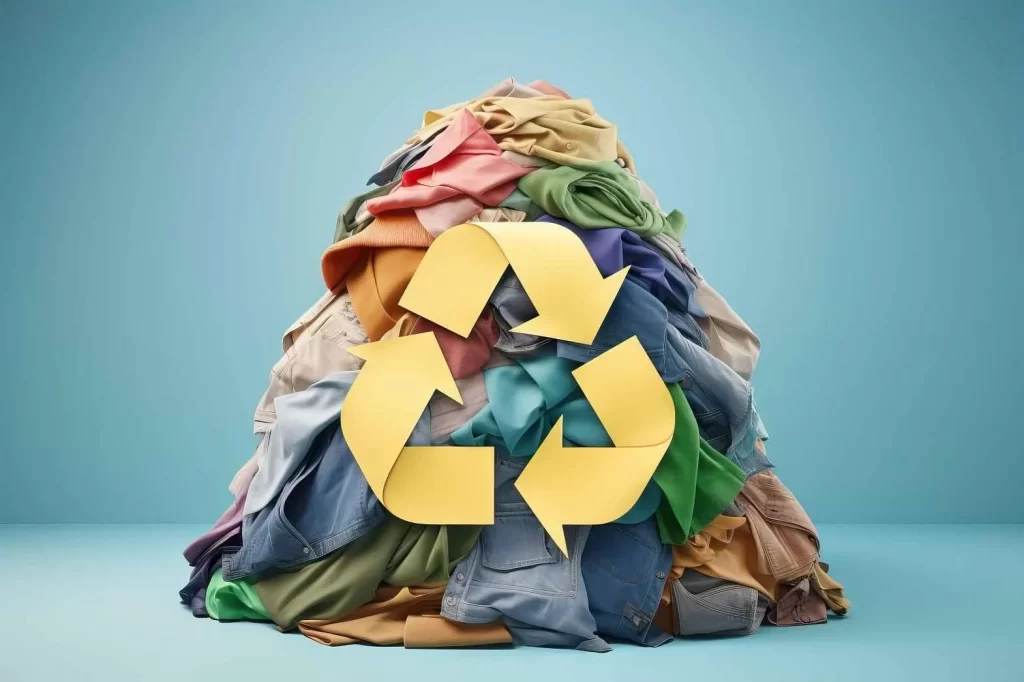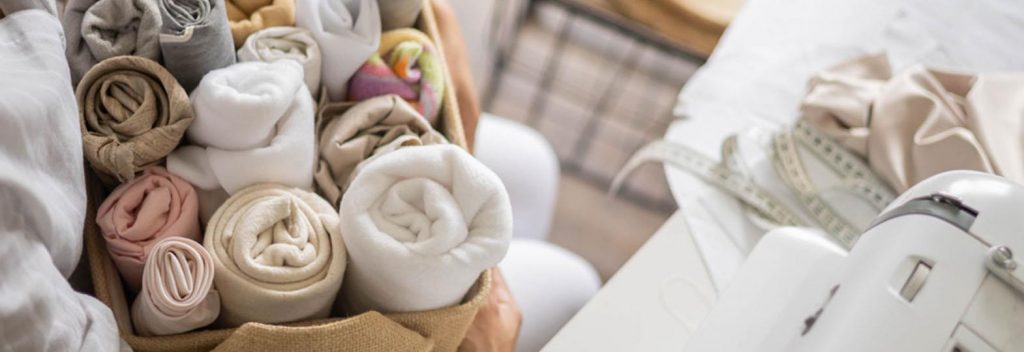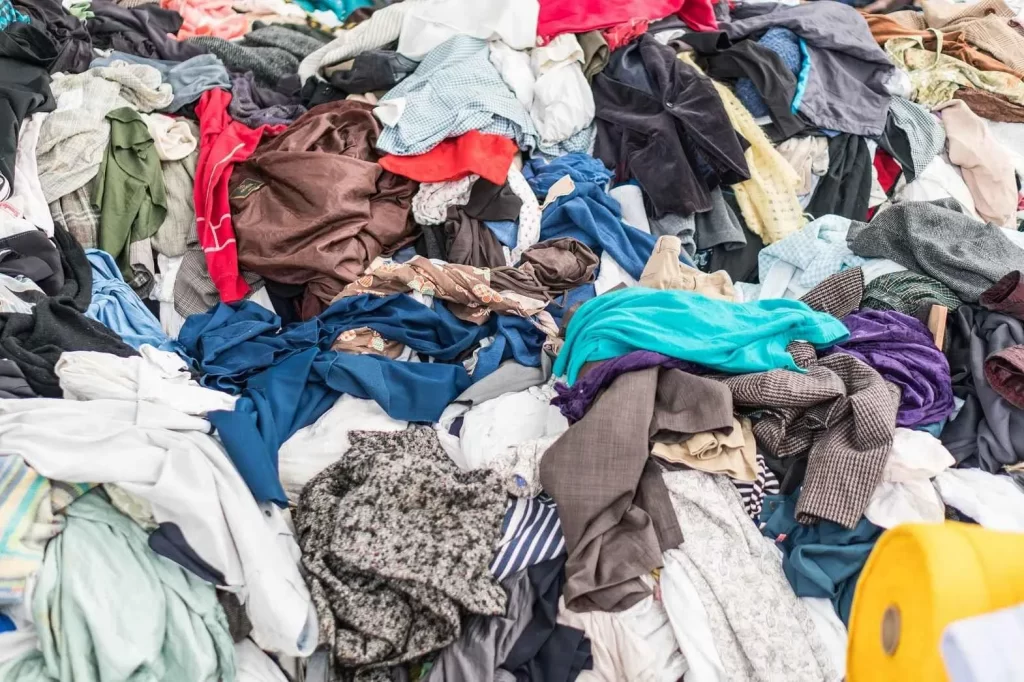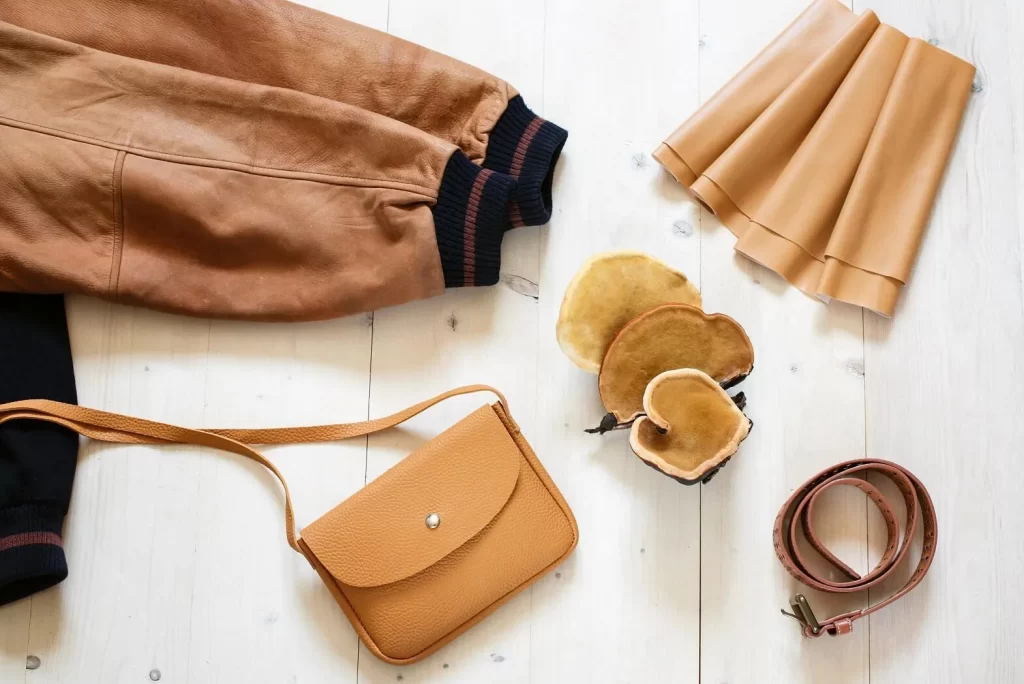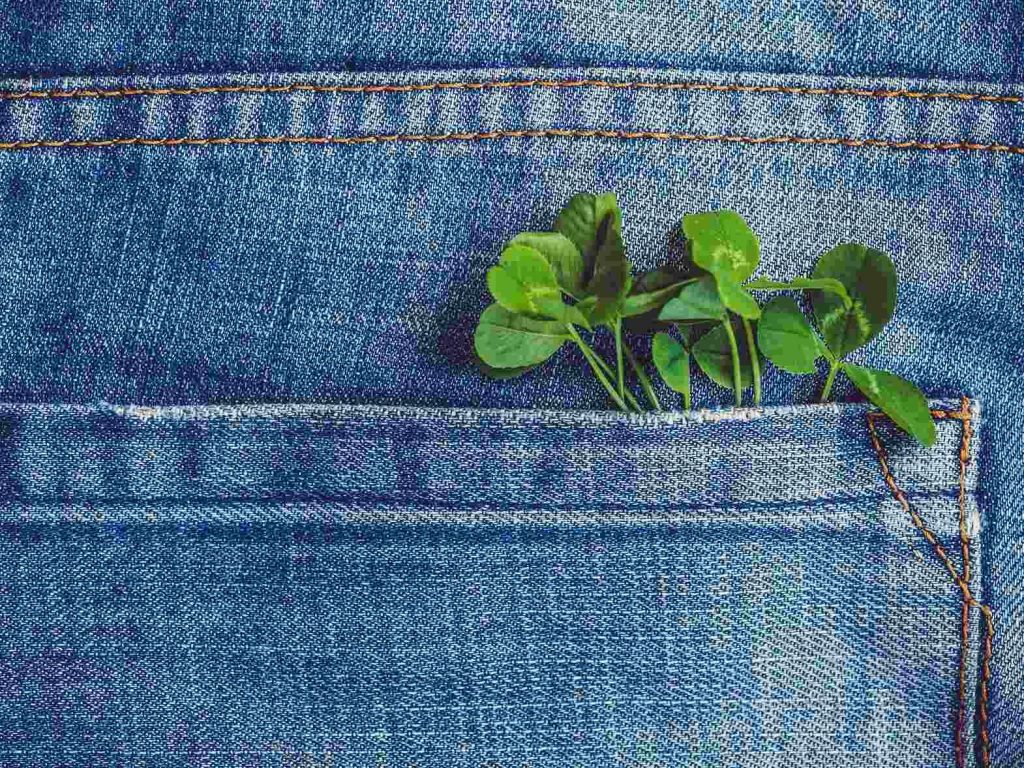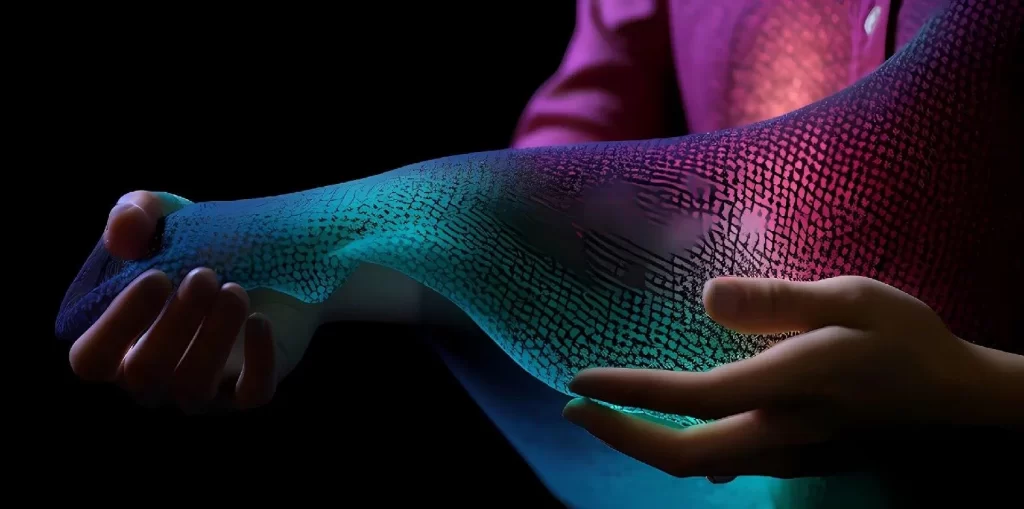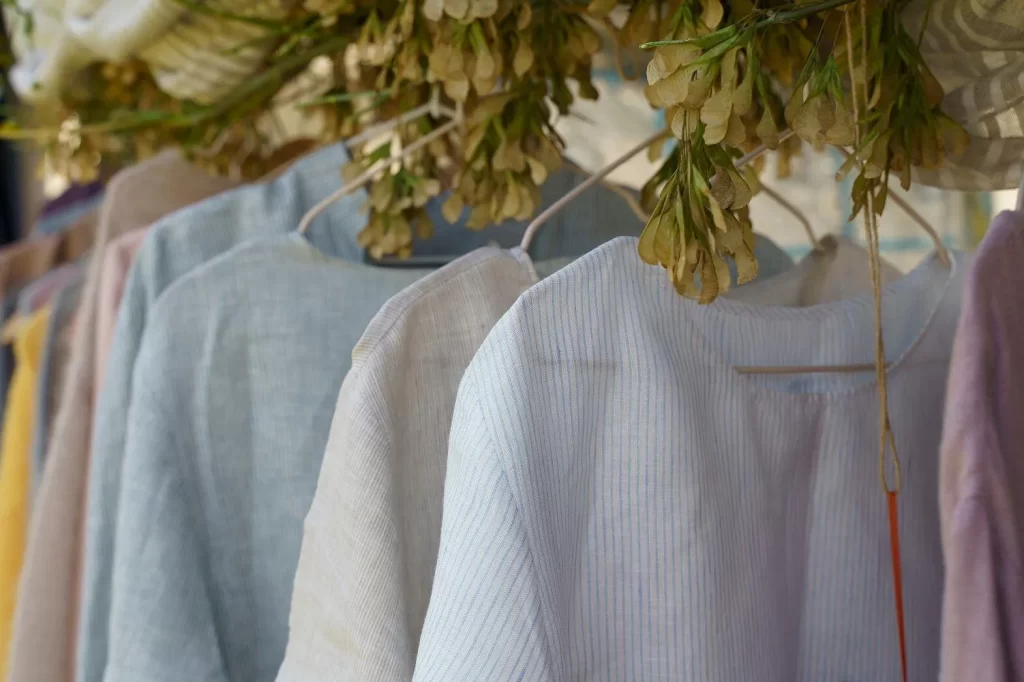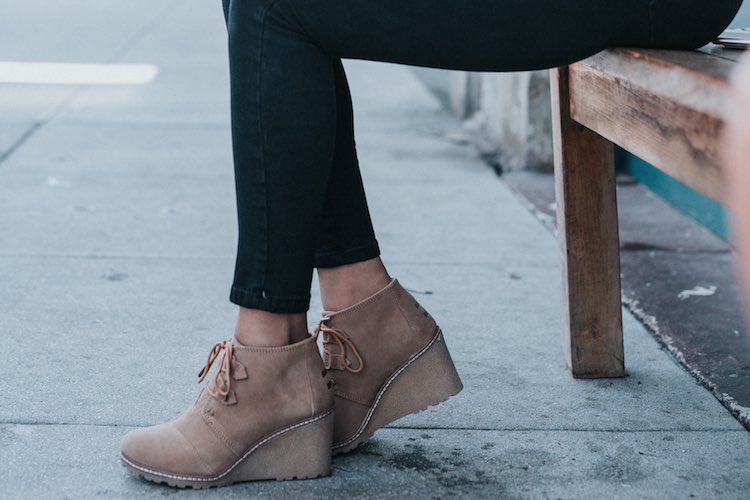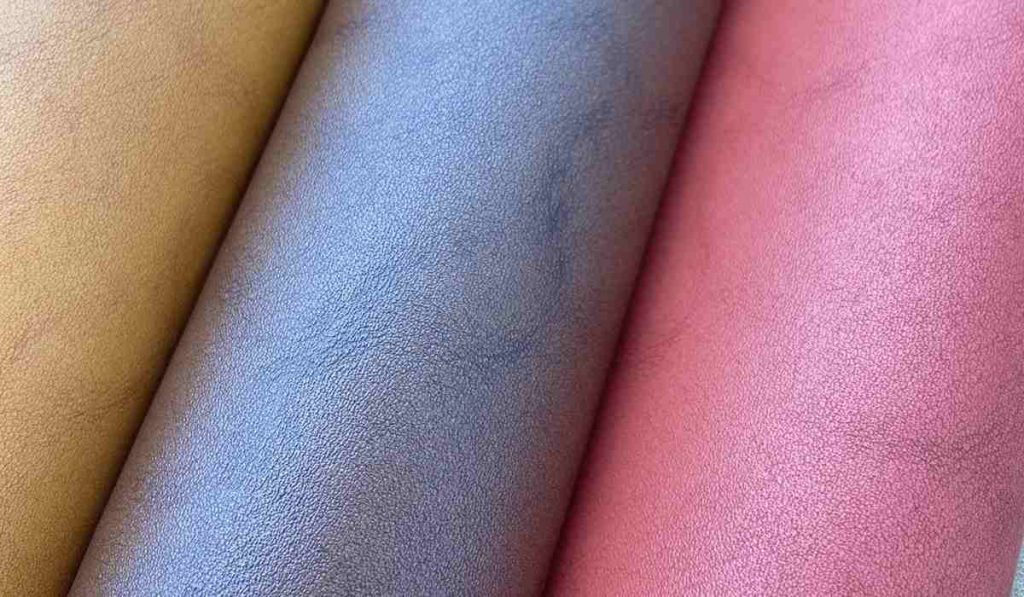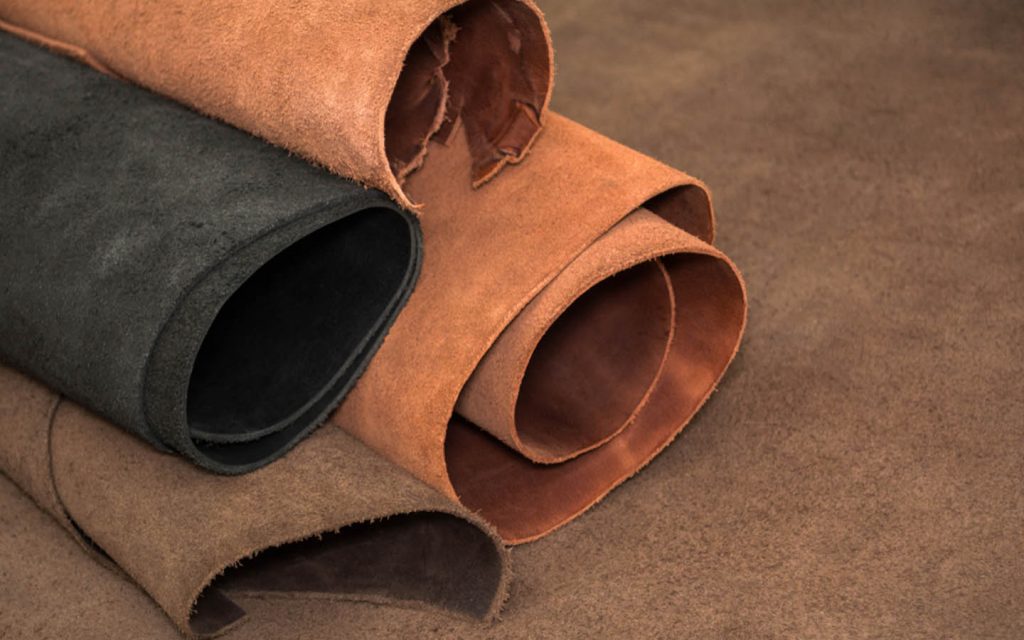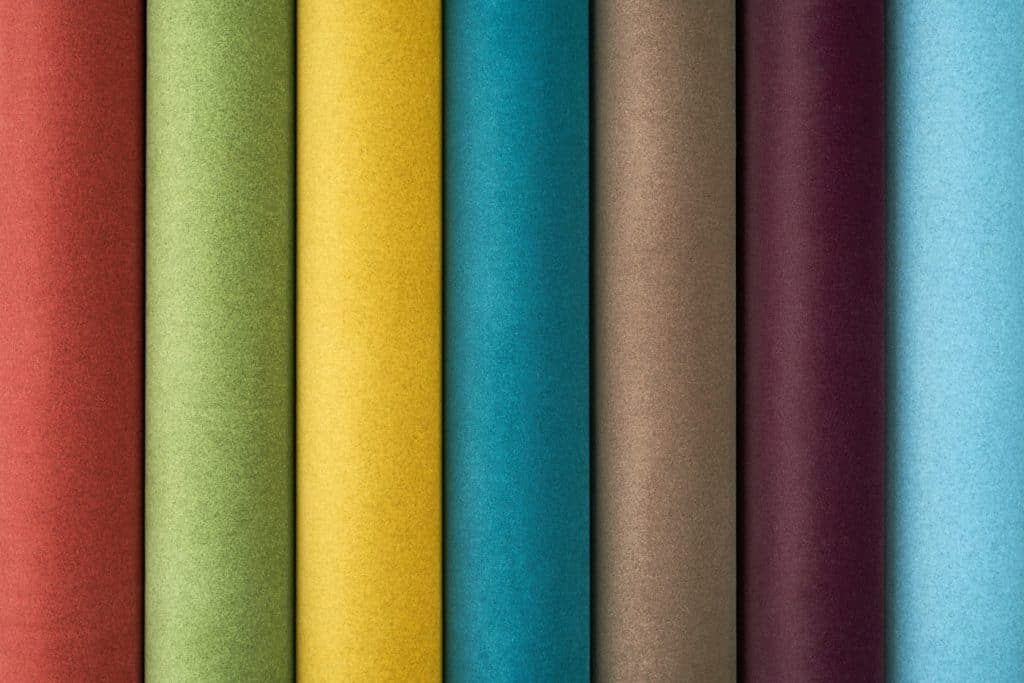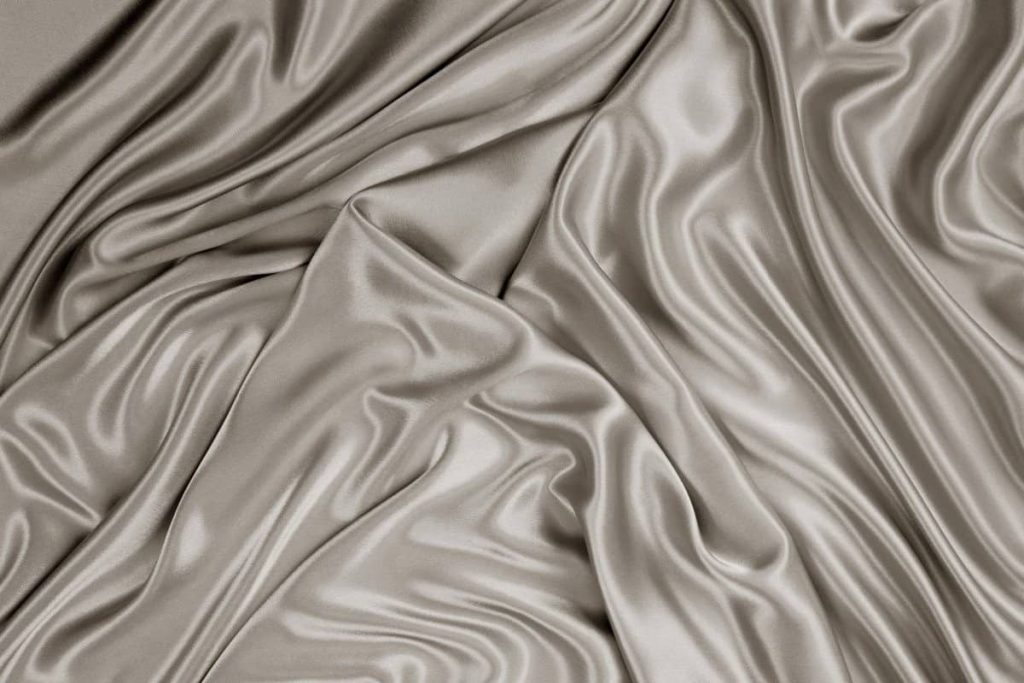What Is Faux Leather Fabric?
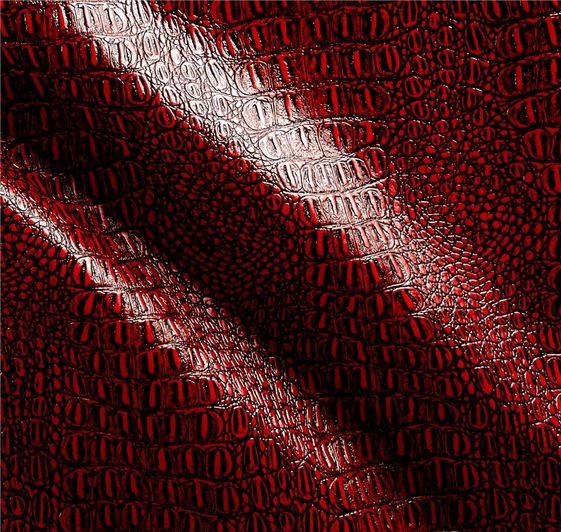
Faux leather, also known as synthetic leather, is a petroleum-based alternative to genuine leather. While faux leather has many of the same desirable attributes of genuine leather, it is not necessary to harm animals to create this substance.
Like real leather, faux leather is soft to the touch, and it is water-resistant. Therefore, this fabric is highly resistant to stains, and it is easy to clean. While synthetic leather is less durable than real leather, it is resistant to both abrasions and cuts, which makes it an ideal fabric for upholstery in homes with children or pets.
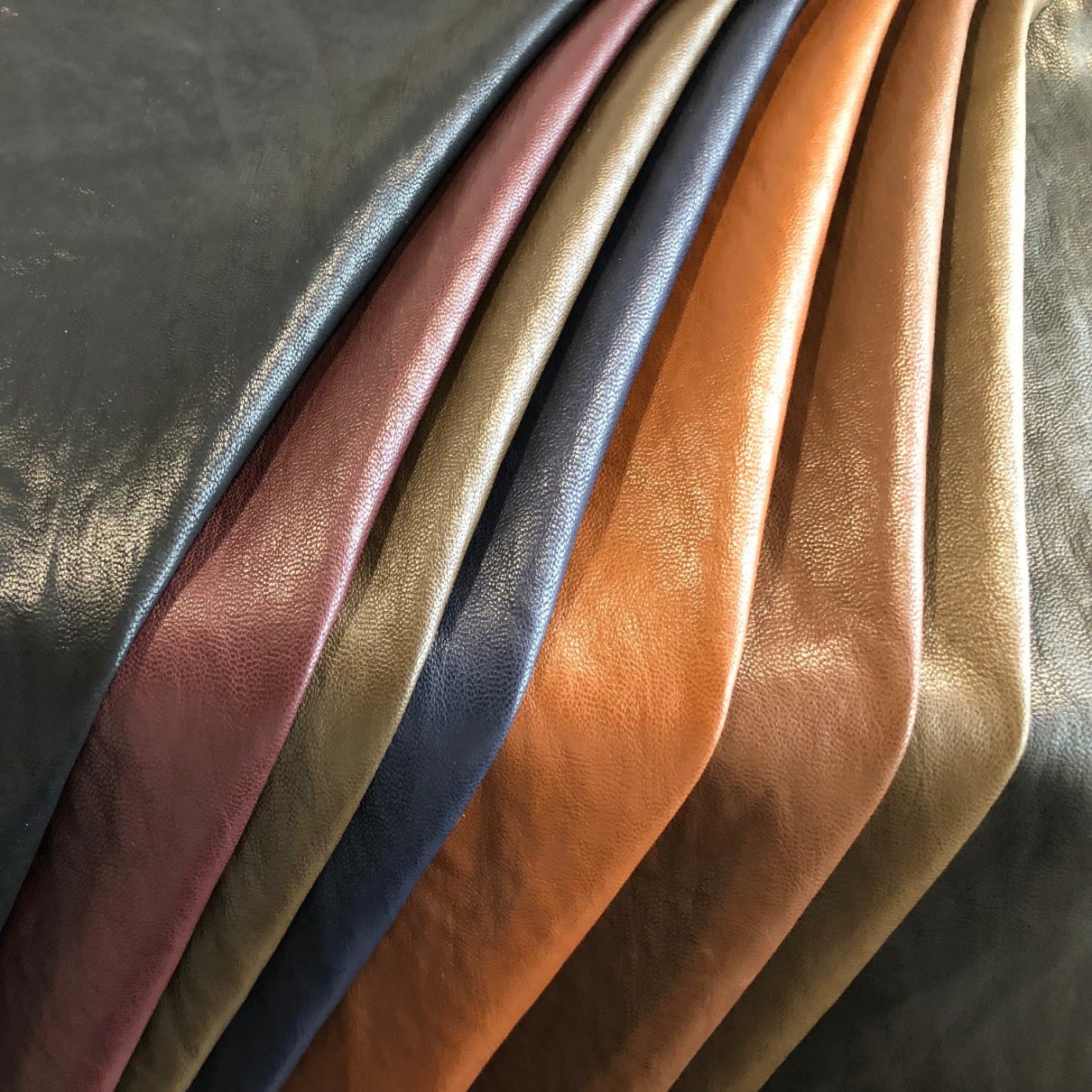
Most manufacturers of synthetic leather make this substance in the same colors as real leather, but it’s possible to make faux leather in any color under the sun. Therefore, some manufacturers experiment by making yellow, green, purple, or even blue synthetic leather to differentiate their goods from the genuine leather market.
Since faux leather is almost as good at insulating body heat as normal leather, it is a popular fabric for outerwear garments such as jackets and coats. Unless you inspect it closely, it’s often hard to tell the difference between real leather and fake leather. Even the most uninitiated fabric enthusiasts, however, can usually tell the difference between pleather and real leather by touch; synthetic leather feels like plastic to the touch, which is single greatest factor differentiating this type of fabric from real leather.
While animal rights activists extoll the virtues of faux leather since it doesn’t require killing cows or other animals, defenders of the environment bemoan the fact that synthetic leather doesn’t biodegrade and that the production of this substance releases harmful chemicals into the environment. In recent years, however, some manufacturers have started making vegetable-based synthetic leather, which seemingly solves both the ethical concerns surrounding genuine leather production and the environmental concerns regarding faux leather production.
History of Faux Leather
One of the first forms of faux leather was called Presstoff, and this type of fabric is still in production today. This fabric was invented in Germany, and it was used widely in the war effort since the use of genuine leather was strictly rationed. Production of Presstoff never became significantly popular outside Germany, however, and consumers rapidly came to prefer other leather alternatives with more desirable attributes.
Synthetic leather came onto the international fabric scene with the invention of Naugahyde in 1920. This substance was formulated by U.S. Rubber Company, which had been founded in 1892. After years of dedicated research, the engineers at U.S. Rubber developed this viable alternative to leather, which was originally used in handbags.
For years, the brand name “Naugahyde” remained synonymous with synthetic leather. This substance became popular in various industrial applications throughout the 1930s, and in the 1940s, the U.S. Armed Forces used Naugahyde in various aspects of the war effort.
While some historians may contend that the history of faux leather stretches back as far as the 15th century, these Chinese attempts at synthetic leather manufacture never reached any notable scale. It was only with the development of petroleum-based plastics at the end of the 19th century that it became viable to mass produce a viable alternative to leather.
Following the lead of U.S. Rubber, a variety of other entities started making artificial leather products from the 1950s onward. While Naugahyde remained the dominant trademark for synthetic leather in the consumer consciousness until the waning decades of the 20th century, competitors gradually started to supplant this brand’s dominance in the artificial leather market.
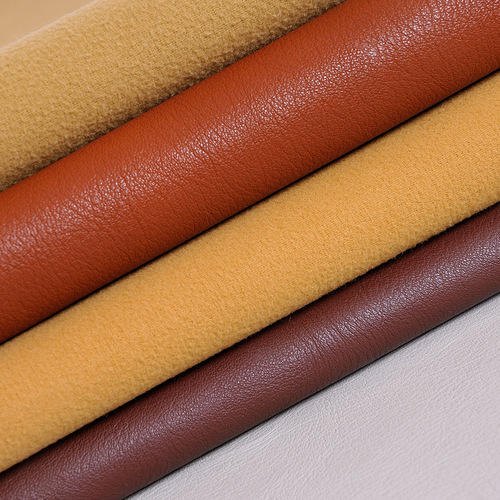
In the 1970s, the environmental movement led to greater public awareness of the dangers of synthetic fabrics, and the public perception of faux leather production took a turn toward the negative. Over the last few decades, a variety of manufacturers have started creating alternatives to traditional forms of faux leather that aren’t made from non-biodegradable and environmentally harmful petroleum-based plastics.
While these attempts have been largely unsuccessful, a few companies have succeeded in creating non-PVC versions of artificial leather in recent years. So far, however, these vegetable-based forms of artificial leather haven’t made a significant dent in the global fake leather market.
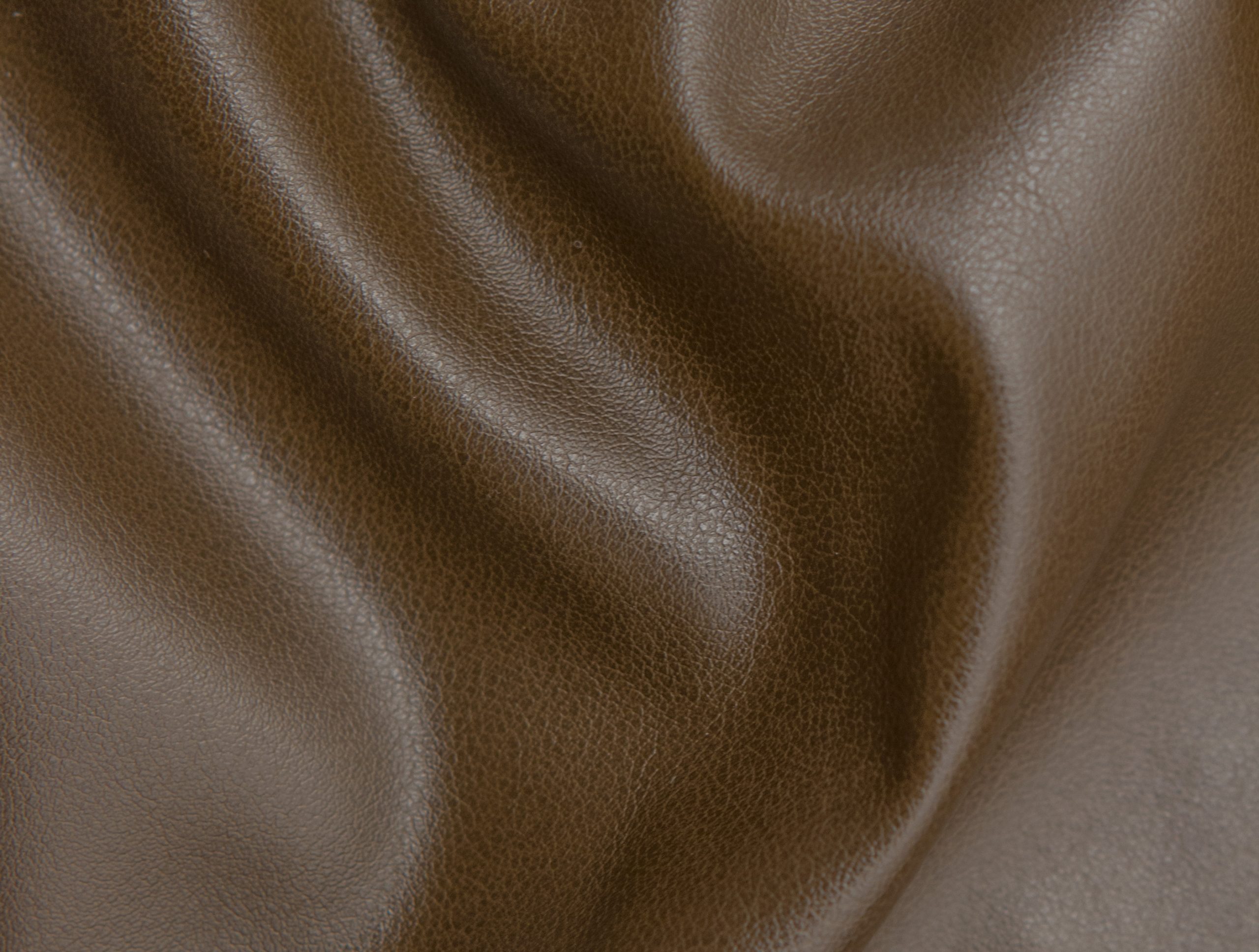
How Is Faux Leather Fabric Made?
Manufacturers may use a wide variety of different production processes to make faux leather. Presstoff, for instance, is made by treating paper pulp with a special type of resin that provides this plant-based material with greater durability. However, the fact that this leather alternative comes apart in wet conditions and can’t endure any significant amount of flexion has historically prevented widespread production of Presstoff.
Most faux leather on the market today consists of a base textile covered with a plastic material. The two plastics most commonly used in synthetic leather production are polyurethane (PU) and polyvinyl chloride (PVC), and while the processes used to make these two plastics are somewhat different, the processes of binding these plastics to their underlying fabrics are highly similar.
- Obtaining the Base Material
Most faux leather manufacturers use cotton or polyester as the base material for their fabrics. The types of polyester or cotton fabrics used as the base for artificial leather are usually porous and rough, which means that they need to be specially manufactured. In some cases, the manufacturers of faux leather may also manufacture their own base materials, but it’s much more common for these manufacturers to obtain their base materials from third-party production facilities.
- Formulating the Plastic
Next, faux leather manufacturers need to formulate the plastic substances that they will bind with their base fabrics. PVC, for instance, is made by combining constituents of salt and petroleum. Manufacturers produce chlorine by exposing salt to electrolysis, and they then combine this chlorine with ethylene, which is derived from petroleum.
The resulting substance is called ethylene dichloride, which is then converted into vinyl chloride monomer at high temperatures. Next, these monomers are transformed into polymers with polyvinyl chloride resin. The PVC used in artificial leather production must be flexible, so manufacturers add plasticizers this petroleum product to make it bind to the base fabric used in ersatz leather production.
The process used to create PU is somewhat more complex, and it involves isocyanates, polyols, and various additives. The various polymers used in PU production are reacted to each other, and they are then processed. PU used in fake leather production is exposed to plasticizing additives to achieve a flexible final material.
- Binding the Materials
Next, faux leather manufacturers bind PU or PVC to the underlying base textiles. A variety of processes may be used, but they generally involve melting the plastic and overlaying it on the base textile.
- Cutting and Preparing the Fabric
Once the plastic has been bound to the underlying fabric, it is cut into the desired shape and size. In most cases, faux leather is sold by the yard in long strips.
The process used to make vegetable-based fake leather is somewhat different than the steps we’ve laid out above, but every company that currently makes this substance has its own proprietary production method.
How Is Faux Leather Fabric Used?
Faux leather is a direct replacement of leather, and it is, therefore, used for the same applications for which genuine leather is used. For instance, upholstery is one of the most common applications of faux leather. Sofas, car seats, chairs, and coffee tables all commonly feature synthetic leather coverings, and this substance is also used in certain types of wall hangings.
In the world of apparel and accessories, faux leather is commonly used in handbags, shoes, boots, gloves, and hats. This substance is also popular in outerwear items like jackets, but it doesn’t resist the elements as well as genuine leather. Other examples of faux leather applications include suitcases, briefcases, watch bands, smartphone cases, and camera cases.
Where Is Faux Leather Fabric Produced?
silk faux leather in the world
The largest producer of faux leather is China. This country also has the largest market for synthetic leather products, and it exports these products all over the world to consumers in Asia, Europe, South America, and North America.
As more nations reach first-world industrialization levels, the global demand for faux leather products is expected to increase accordingly. The comparatively low price of synthetic leather compared to genuine leather continues to drive the popularity of faux leather in areas where poverty is common but inclement climatic conditions drive demand for weather-resistant textiles.
How Much Does Faux Leather Fabric Cost?
Since synthetic leather is produced in a fabric form with no need for weaving, the cost of this textile is gauged in price per yard instead of price per pound. While prices per yard of synthetic leather vary based on the type of faux leather in question, this type of fabric generally fetches about $10-$25 per yard.
While established types of faux leather, such as PU and PVC leather, usually cost less, novel forms of this fabric, such as vegetable oil-based leather, are significantly more expensive. It may be possible to receive bulk discounts on large orders of faux leather.
What Different Types of Faux Leather Fabric Are There?
different types of faux leather fabric
Each type of faux leather has different attributes, and each form of this synthetic substance is ideal for a particular application:
- PU Leather
This material is the least expensive type of synthetic leather on the market. Accordingly, it is less durable and comfortable than other types of faux leather.
- PVC Leather
PVC leather is slightly more durable than PU leather, and it is also produced in greater quantities. PVC leather is also sometimes known as “poromeric” leather.
- Leatherette
The term “leatherette” specifically refers to any type of synthetic leather consisting of a fabric base and plastic covering. Therefore, both PU leather and PVC leather are examples of leatherette.
- Vegetable Oil Leather.
Recently, manufacturers have started experimenting with vegetable oil leather. In addition to being more environmentally friendly, vegetable oil leather also appears to be more durable than PU or PVC leather. However, this fabric is also significantly more expensive than other types of synthetic leather, which has relegated it to being a niche product for vegans who don’t want to pollute the environment.
How Does Faux Leather Fabric Impact the Environment?
Faux leather production has a generally negative impact on the environment. While artificial leather production prevents harm to animals, animal life is ironically harmed by the steady accumulation of this non-biodegradable material in the world’s ecosystems.
The production of the fossil fuel derivatives used in faux leather production, such as ethylene, inevitably introduces toxic substances into surrounding ecosystems, and petroleum is a limited resource that is only obtainable by drilling, which harms surrounding plant and animal life. While some faux leather production facilities may work hard to reuse solvents and reduce their overall environmental impact, there’s only so much that these efforts can impact the overall negative effects of synthetic leather production worldwide.
Since synthetic leather is not biodegradable, it remains in the environment once it is discarded. While scientists aren’t sure how long it takes for synthetic substances like PU and PVC to biodegrade, the most reputable estimates suggest that these materials will remain in the environment for at least 200-500 years after their date of manufacture. Since genuine leather biodegrades within a decade or two, the polluting power of fake leather is much greater than the real thing.
Additionally, it bears considering that the majority of faux leather production takes place in China. This country’s communist government is notoriously lax in human rights standards, and when workers are exploited instead of empowered, the ability of the labor base to practice proper environmental stewardship degrades steeply. While third-world production of faux leather is inexpensive, it has a greater environmental impact.
Vegetable-based faux leather theoretically has a reduced impact on the environment since it is biodegradable. However, the market share of vegetable-based synthetic leather is so small that the environmentally beneficial attributes of this fabric are all-but nonexistent.
Faux Leather Fabric Certifications Available
At this point, there are no certifications available for faux leather fabric itself. Since this type of fabric cannot be recycled and even plant-based versions of synthetic leather go through significant chemical processing, it is not eligible for organic certification.
However, the production processes used to make faux leather can be certified as environmentally-friendly. For instance, some synthetic leather manufacturers are certified by The Greenguard Environmental Institute, which seeks to put environmentally-friendly standards in place for the production of synthetic fabrics and fibers.
In addition, it may be possible for synthetic leather producers to seek certification by Leadership in Energy and Environmental Design (LEED), which is an independent organization that attempts to regulate production processes in a variety of industries. Individual synthetic leather manufacturers may also be able to produce certification proving that their products are genuine.
